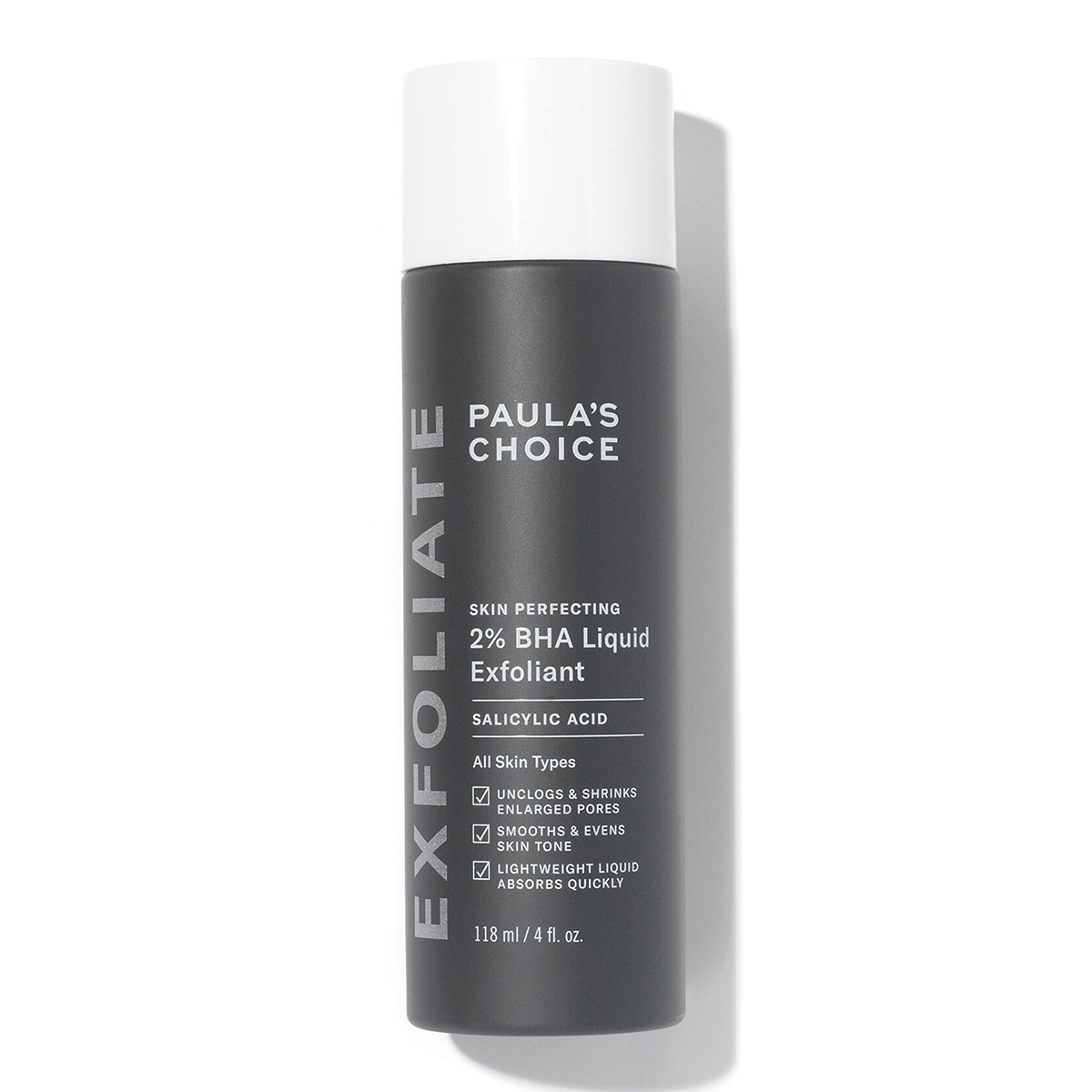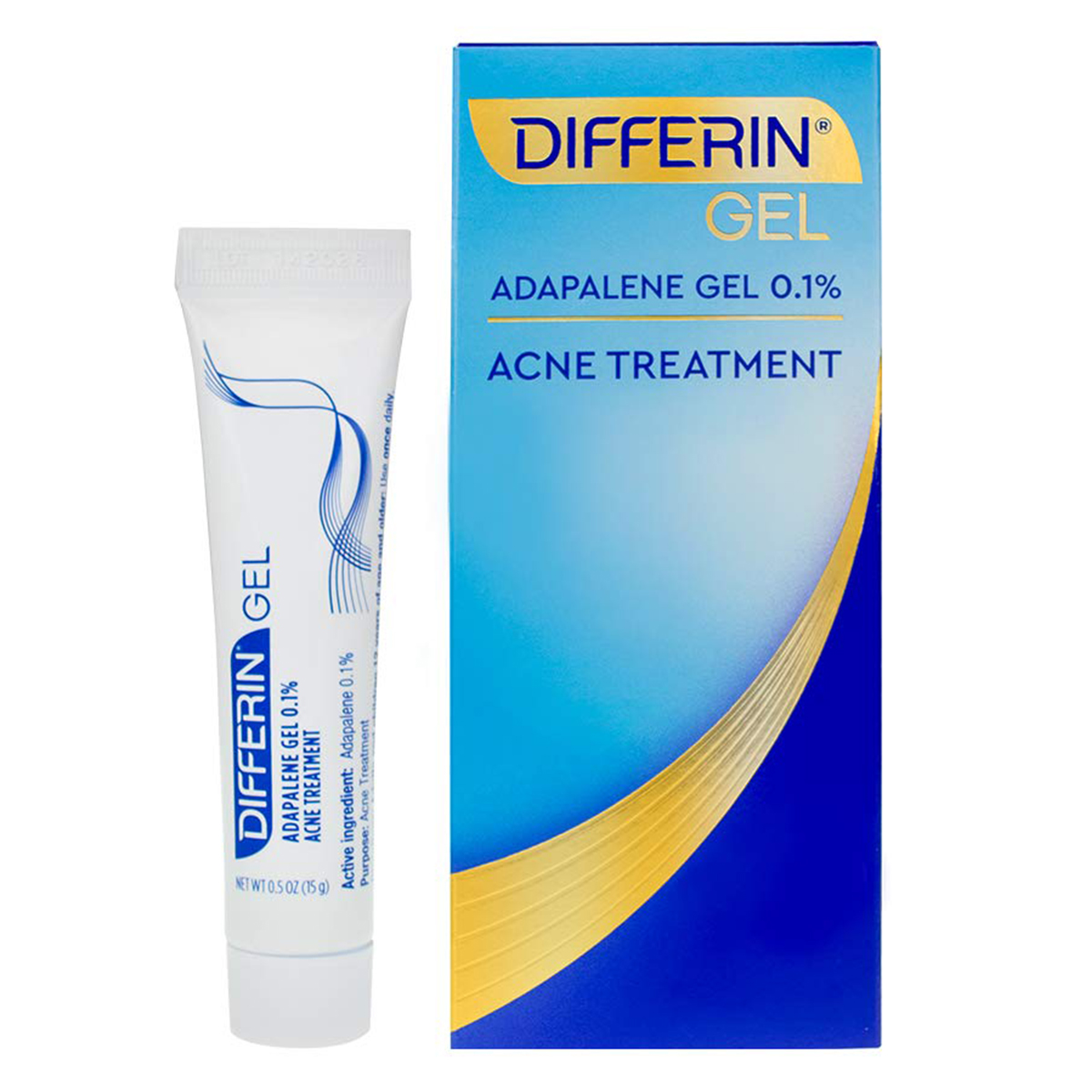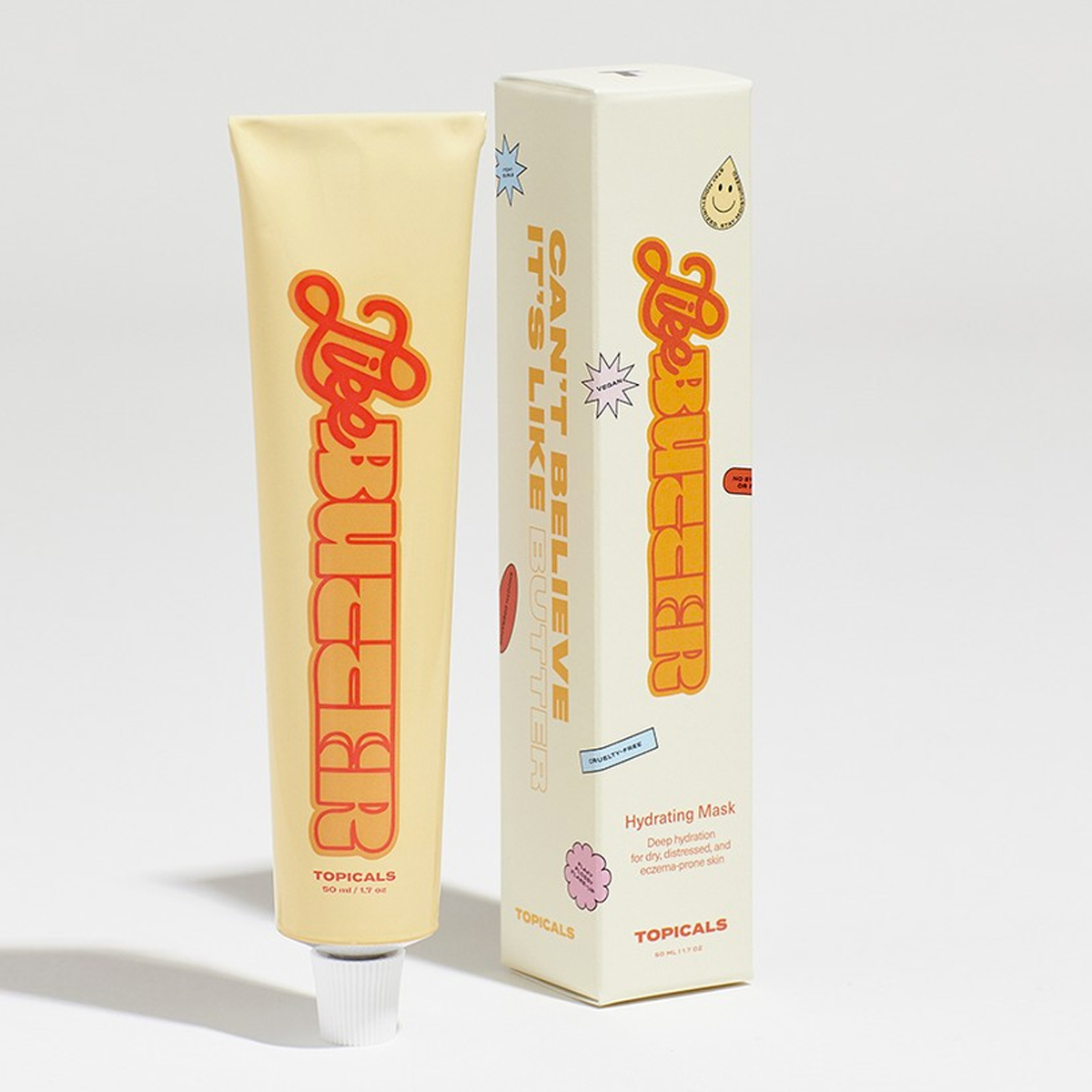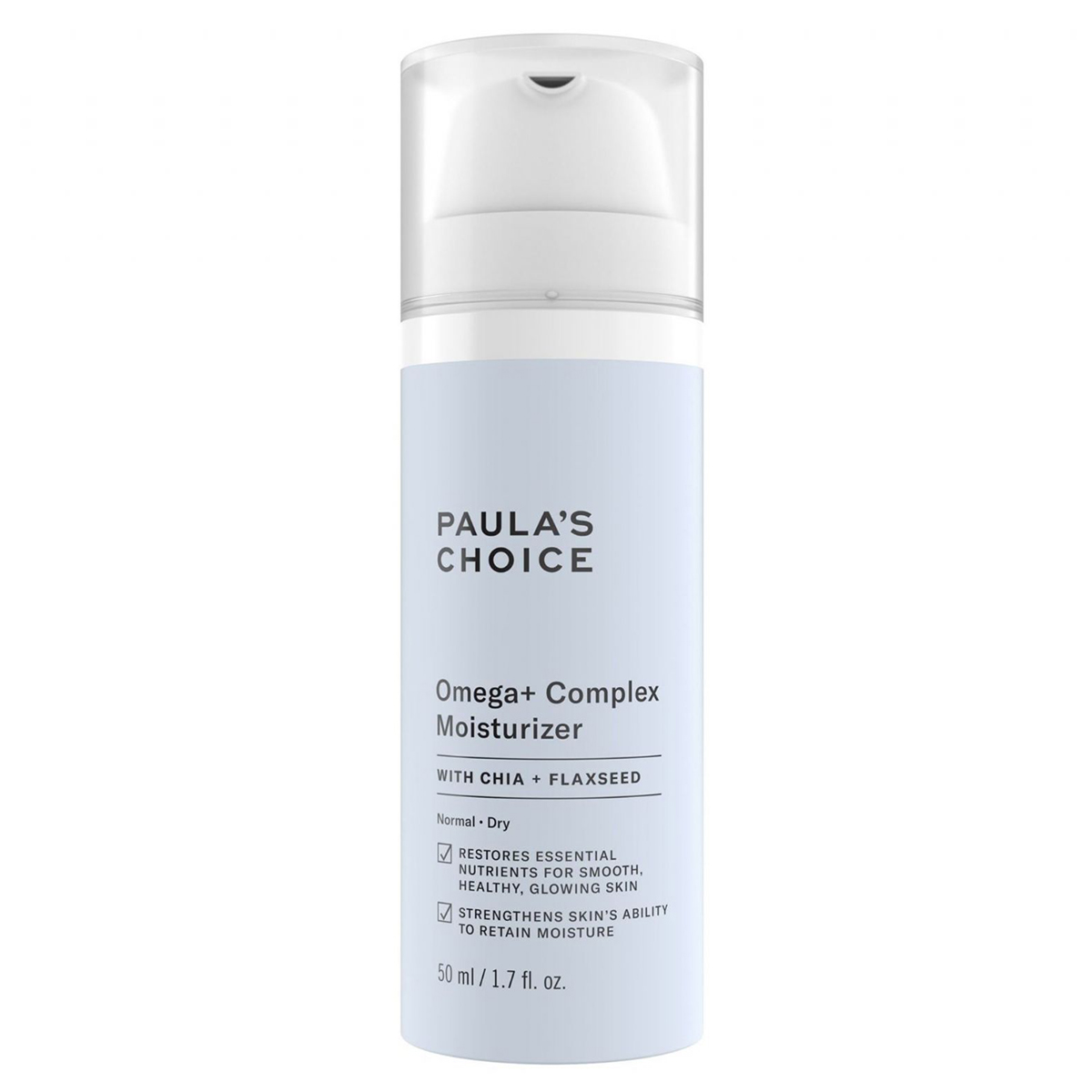8 Foolproof Ways to Ensure Your Skin Reaches Its Maximum Potential This Fall

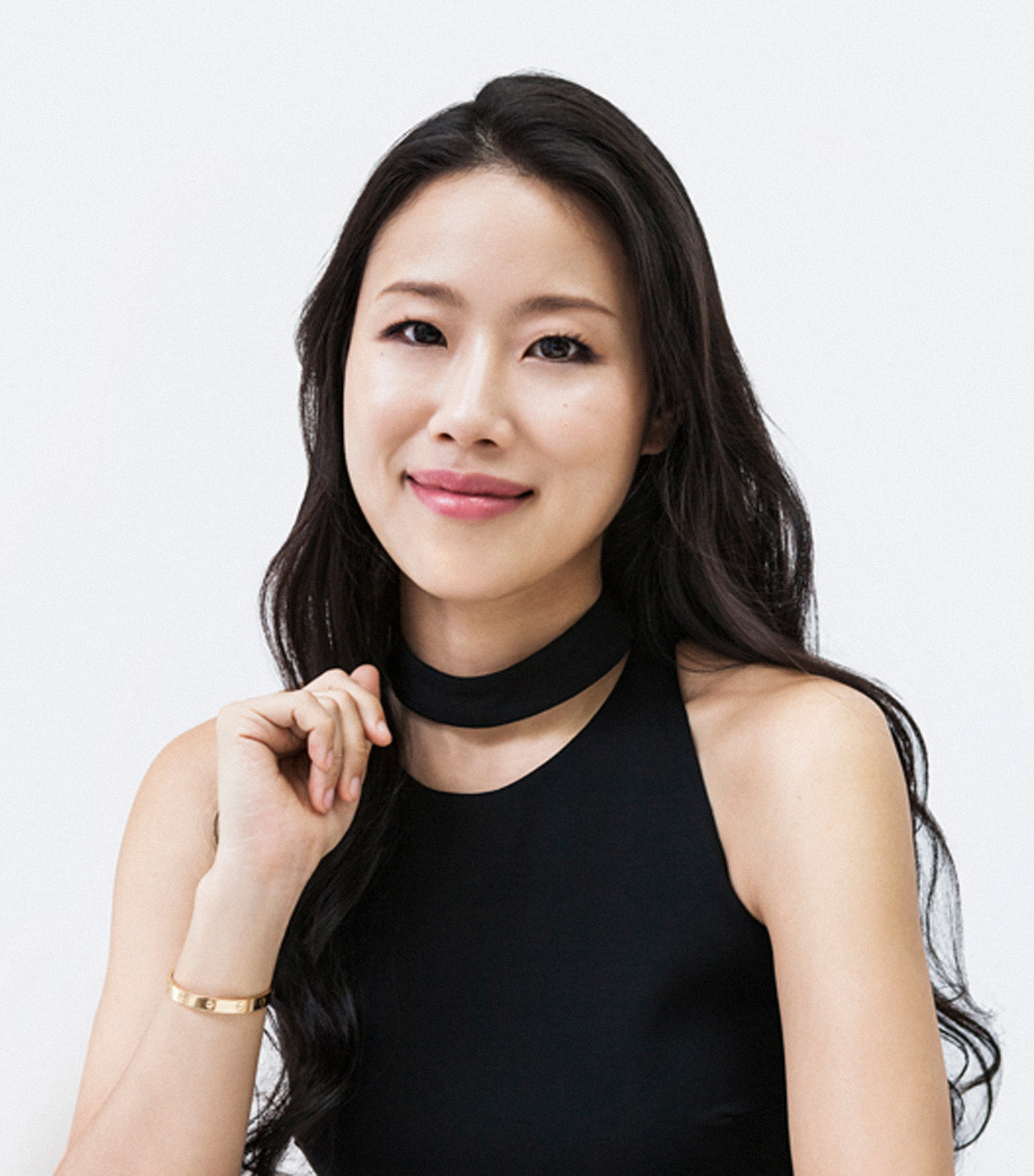
Just when we got our summer skincare routine down pat, the universe (aka—our Google calendar) pulls a fast one on us by revealing that it's not only August (I mean, huh?), but it's almost fall. (Huh!?) While it might seem unfeasible for pumpkins, Hocus Pocus, and plunging temperatures to be just around the river bend, 2021 says it's so. The good news? Despite what Instagram, skincare marketing, and your favorite retailers might want you to believe, you actually don't have to completely overhaul your current skincare regimen to make way for a new fall protocol.
In fact, making a few strategic changes should pretty much do the trick. Below, we're diving into all things fall skincare and giving you eight essential tips for maintaining and improving your skin like a pro, plus a few skin type-specific recommendations to keep in your back pocket as well. Keep scrolling! We consulted three top skin experts to help your skin reach its maximum potential this fall. Your ultimate routine awaits!
Tip #1: Embrace Exfoliation, But Strategically
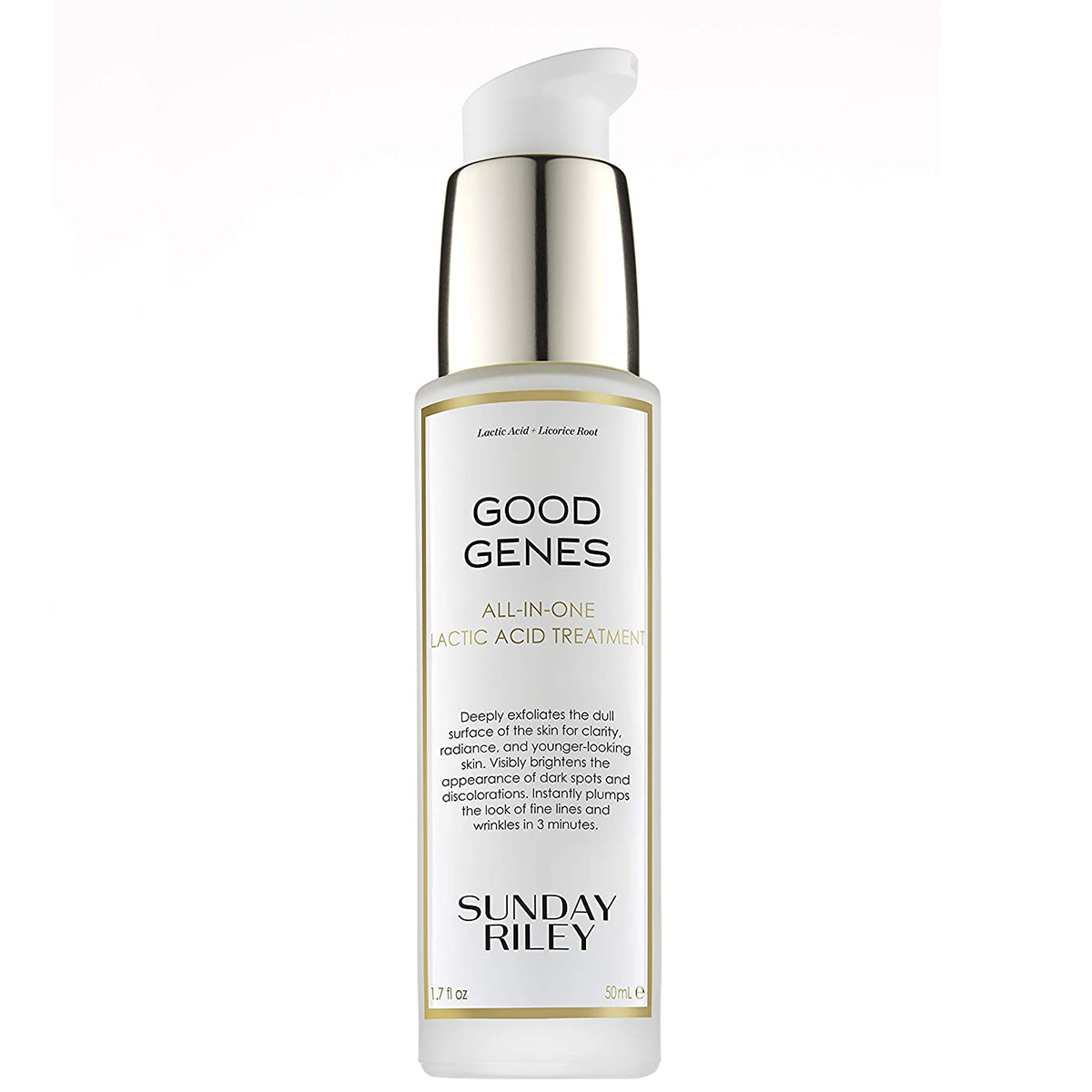
It's no secret that a healthy, consistent exfoliation practice is key for encouraging soft, smooth, even… incredibly luminous skin. That said, exfoliation can take a wrong turn fast, and if you're not careful with your frequency, product formulations, and procedure, you'll likely reap the opposite of what you intended (aka an angry, irritated, fussy-as-a-newborn-baby kind of skin situation). To keep your skin on its best behavior and to get the glowy exfoliation benefits you came for, licensed esthetician Lily Njoroge says it's important to pay attention to your skin's behavior going into the new season while also paying heed to your specific skin type.
For instance, if your skin is becoming drier, Njoroge recommends reducing the frequency and intensity of exfoliation which will allow your skin to adjust to the new, rapid water loss it is experiencing. Additionally, you'll want to embrace acids that are on the gentler side of the spectrum like lactic and mandelic while trying to avoid harsher options like glycolic and salicylic.
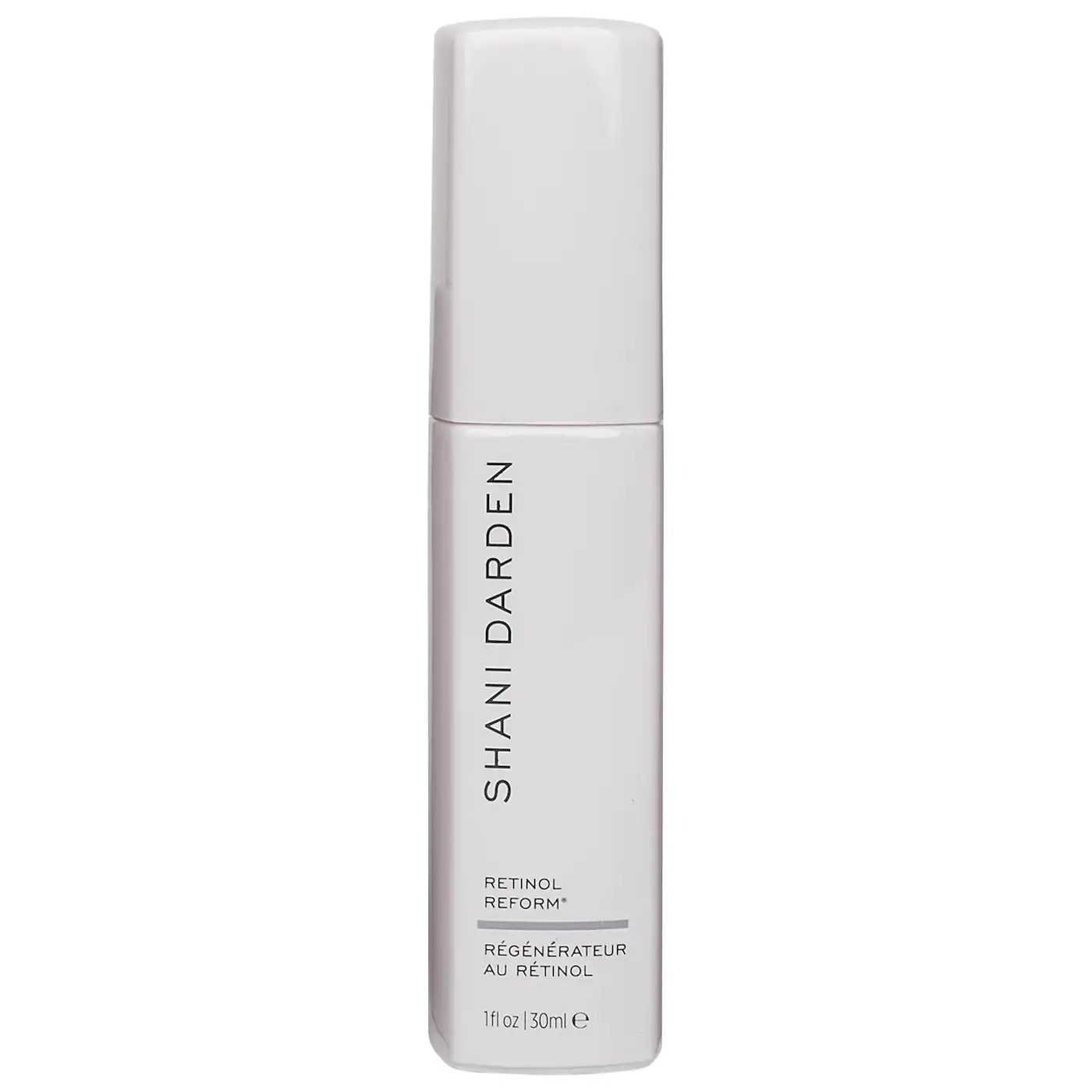
That said, for those who aren't noticing an uptick in dryness, Njoroge says you can actually embrace a more intense, but less frequent, exfoliation routine (i.e., adding a stronger formula like a retinoid).
"Heat and strong actives don't mix well and can result in more inflammation, so the cooler temperatures of fall actually allow you to safely use stronger actives with less risk of inflaming your skin," she explains. "This is the best time to use retinoids or to get professional chemical peels—new retinoid users should stick to one to two times a week maximum to start, reducing the frequency if you experience dryness."
Tip #2: Supplement Hydration
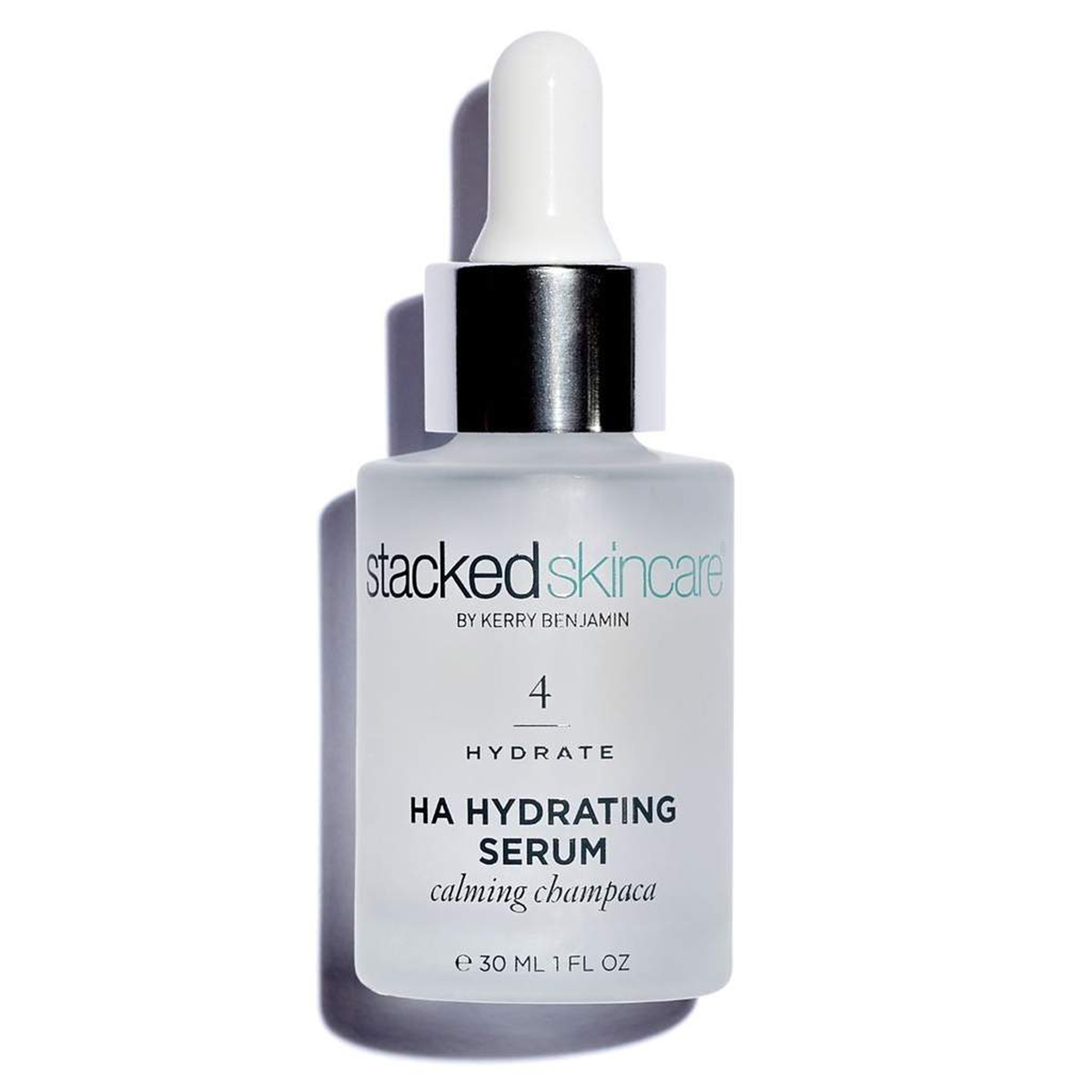
"Post-summer skin is almost always dehydrated, no matter your skin type," shares licensed esthetician and founder of Stacked Skincare, Kerry Benjamin. "Hyaluronic acid is one of nature's most effective hydrators and attracts up to 1000 times its weight in water, drawing moisture into the surface layers of the skin that need it most."
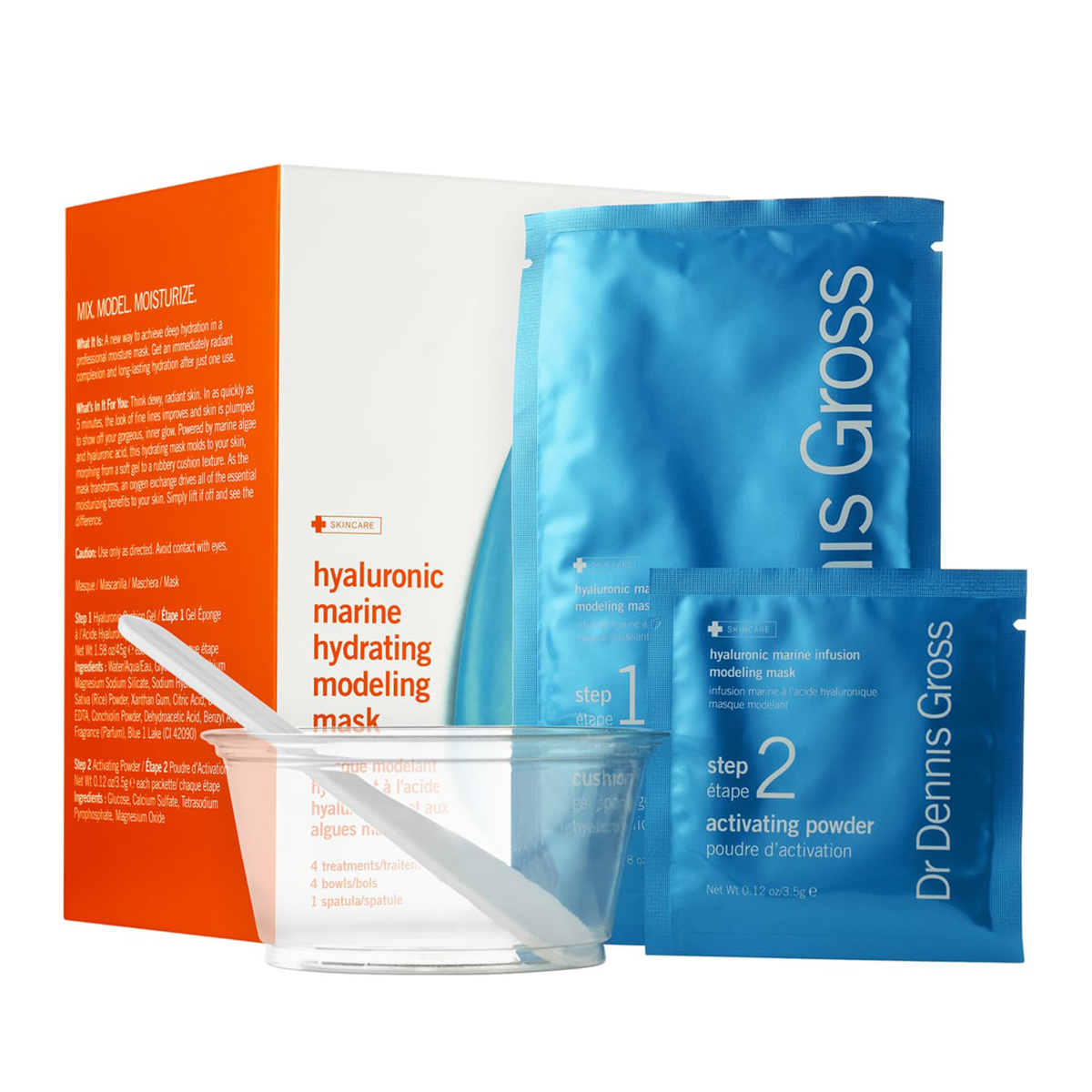
According to Njoroge, your best bet is to opt for more hydrating versions of your favorite skincare staples—toners, essences, and water-based serums topped with an appropriate emollient and/or occlusive moisturizer. To preserve moisture reserves, she advises all of her clients to use heavier occlusive formulas within their routine (more on those in a second!) while slightly reducing the frequency and intensity of their exfoliation habits. (Which we just talked about, above.) Last but not least, she suggests incorporating hydrating masks weekly or multiple times a week to mitigate the seasonal dryness associated with fall.
Tip #3: Swap Astringents for Occlusives
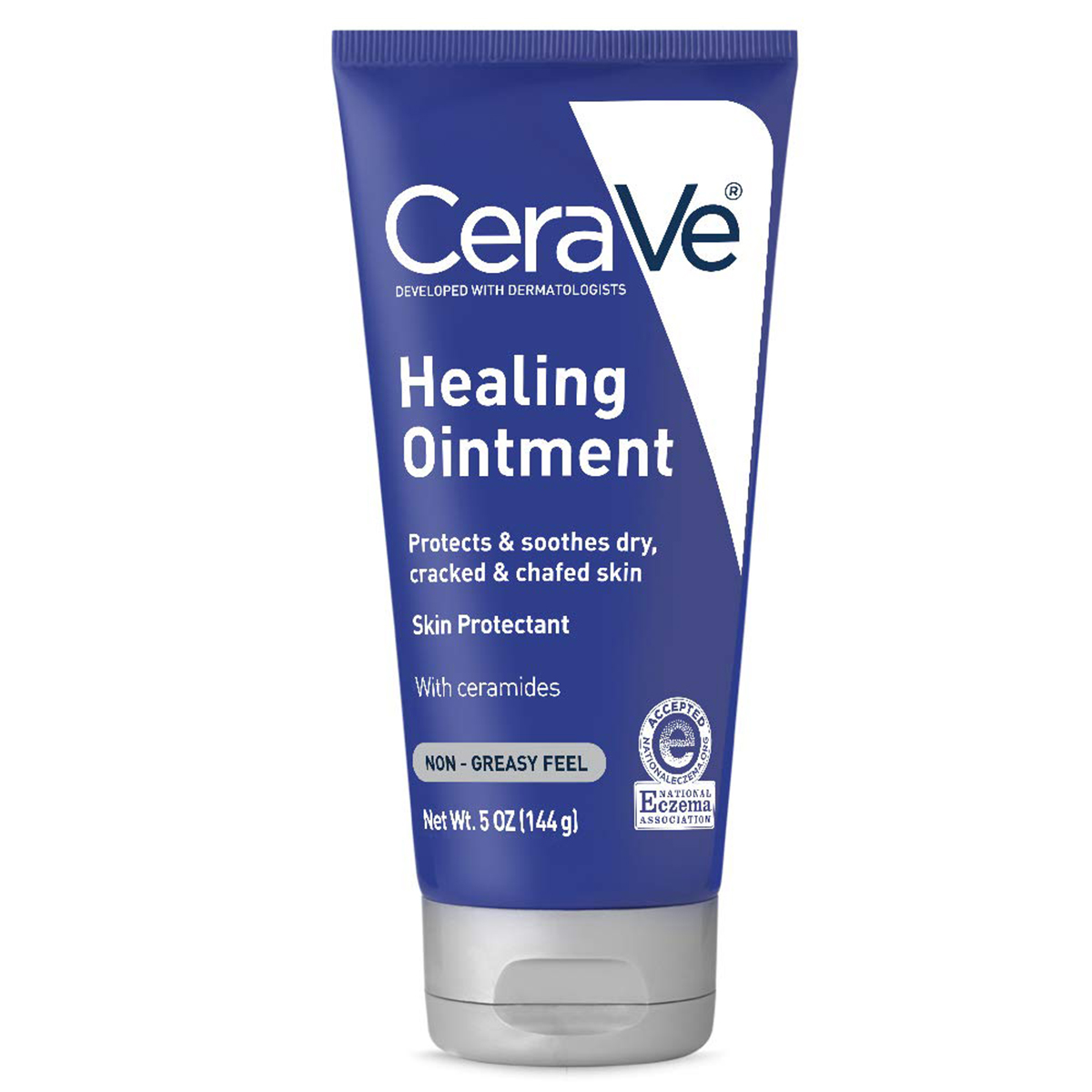
Alright, we're about to break down some serious skincare stigmas and stereotypes, so prepare yourself. Despite the satisfying feeling astringent formulas may temporarily gift those of us who veer oily or acne-prone, these types of harsh, stripping formulas can actually be one of the biggest mistakes to imbibe—especially when you're transitioning to a fall skincare routine.
"I don't recommend strong astringents (such as pure witch hazel) to be used in the fall because they are going to further dry and dehydrate the skin," Njoroge confirms. "This can actually result in an excessive, over-production of oil as your skin tries to compensate for its dehydration, and it can also lead to other issues like uncomfortable dry patches."
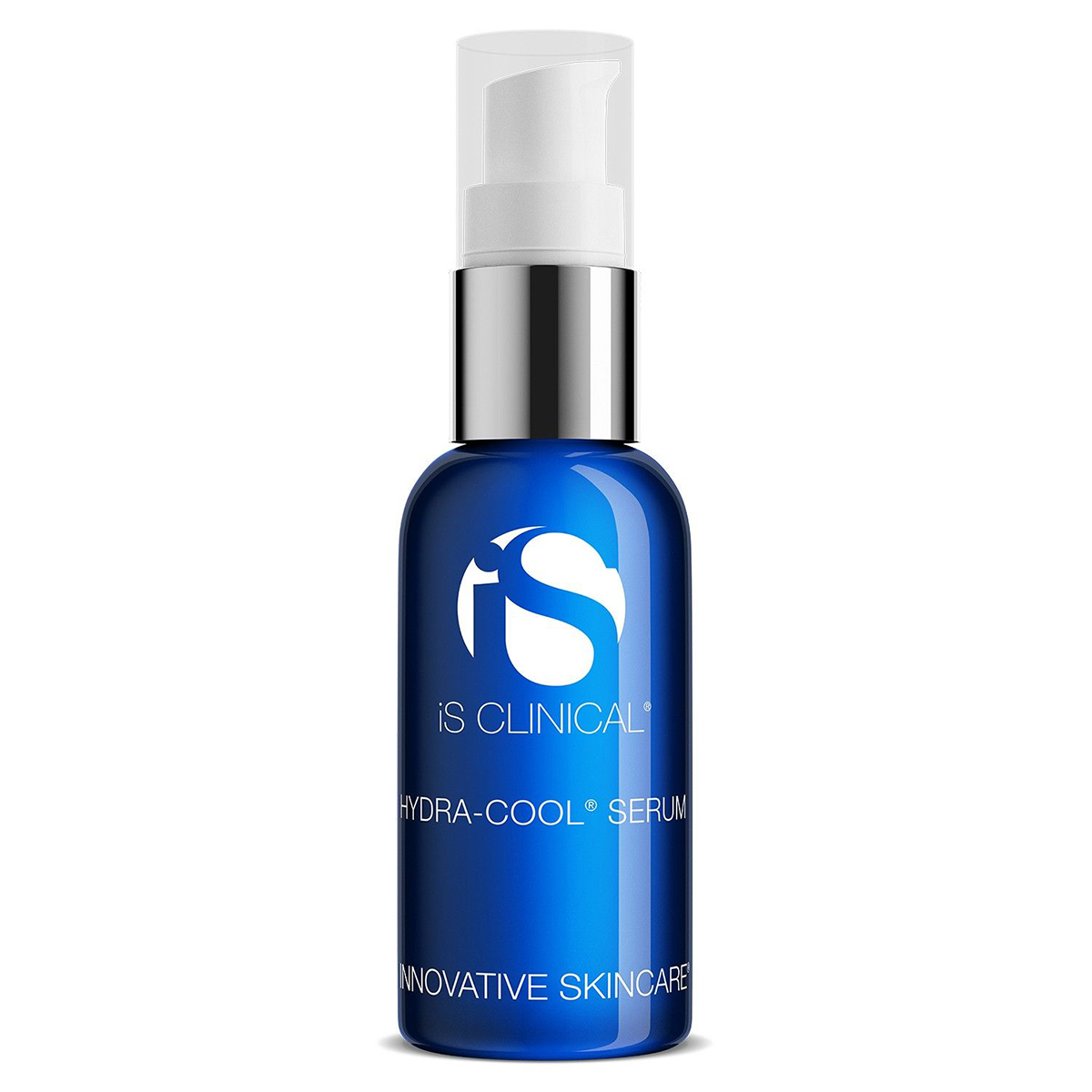
Instead, Njoroge recommends integrating barrier-protecting occlusive formulas in addition to high-quality hydrating ingredients.
"For the fall, it's important to focus on ingredients such as glycerin, beta-glucan, hyaluronic acid, urea, petroleum jelly, niacinamide, jojoba oil, evening primrose oil, Centella extract, ceramides, and cholesterol which assist with hydration, inflammation reduction, and moisturization," she notes. "One of my favorite occlusive formulas is CeraVe's Healing Ointment—it contains niacinamide, ceramides, and cholesterol which fortify the skin's barrier and slow down Trans Epidermal Water Loss (TEWL), which is our skin losing water into the air—essentially evaporation occurring on the skin."
Additionally, Njoroge confirms controversial topicals like Vaseline and the Aquaphor Healing Ointment are also excellent additions to a fall and winter skincare routine and despite popular thought, won't clog pores or cause acne.
Tip #4: Boost Your Antioxidant Quota
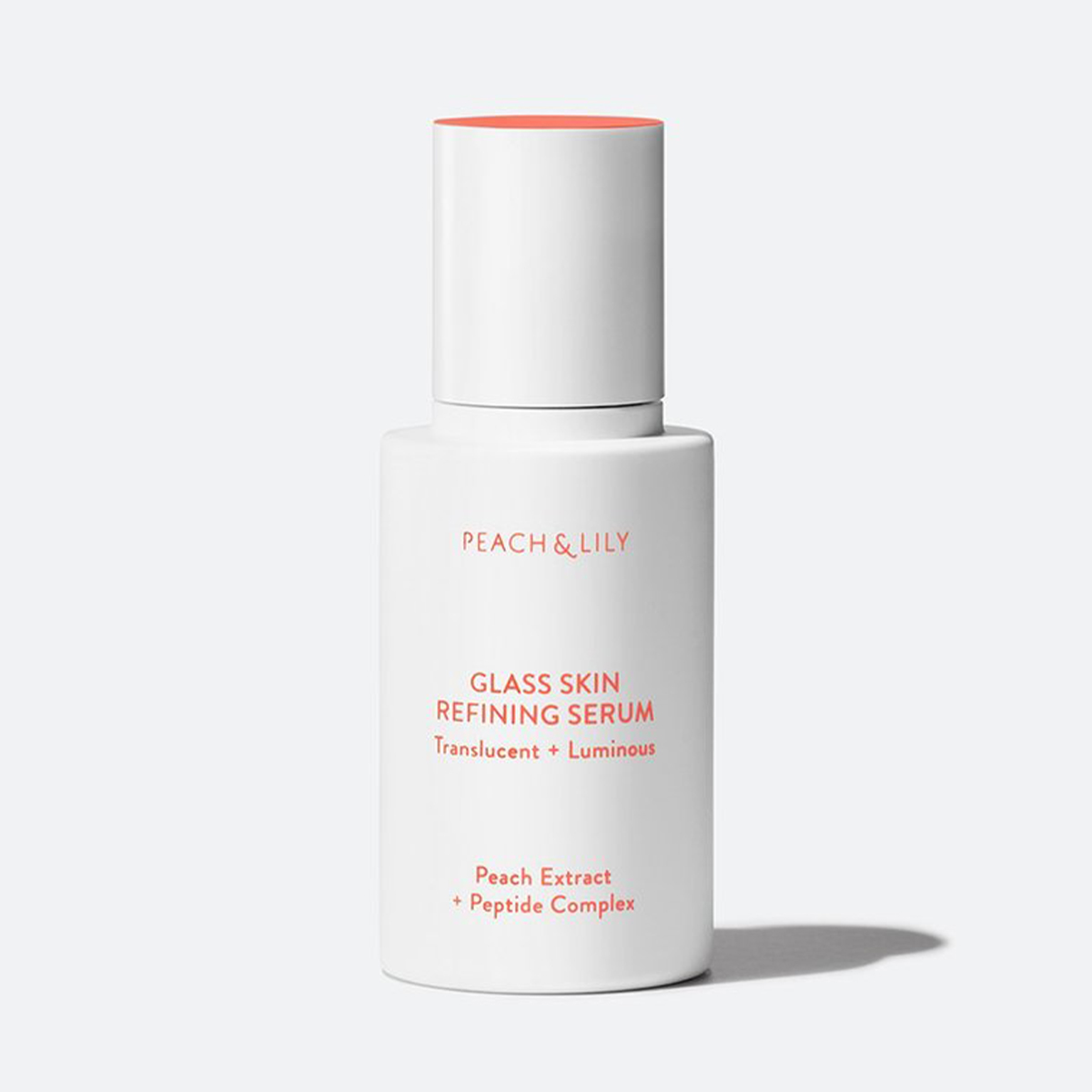
We all know antioxidants are good for our diets, but as skin expert and CEO/Founder of Peach
Lily Alicia Yoon confirms, regularly treating our skin to potent deliveries of antioxidants is one of the best things we can do for our complexion come fall.
"Large doses of antioxidants are crucial to help fight off free radical damage which can compromise your skin," she explains. "I love using silky, fast-absorbing formulas like the Peach
Lily Glass Skin Refining Serum to get your skin on the best footing for fall."
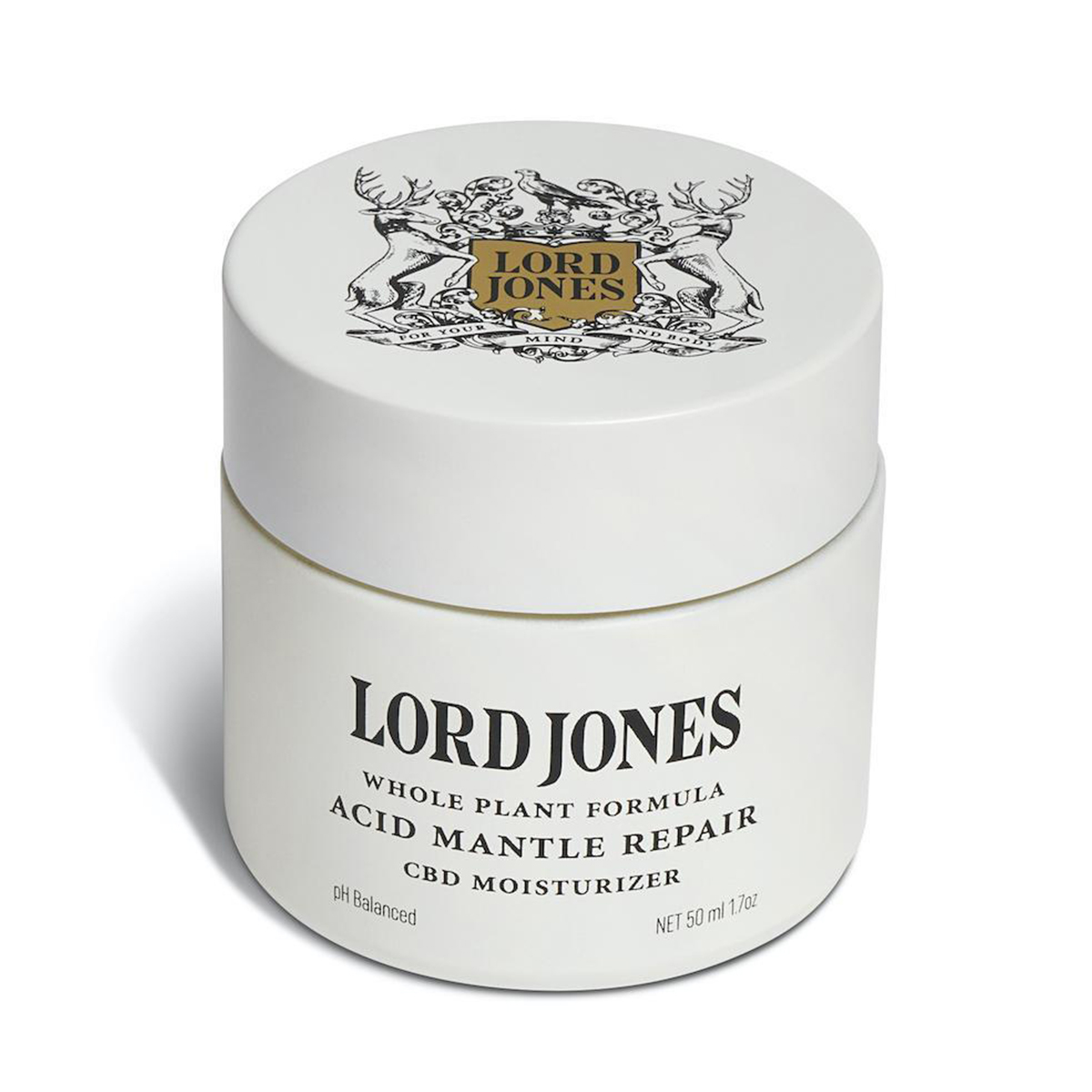
Another buzzy (but effective) option on the antioxidant menu? CBD. Since the transition to cooler temperatures can easily trigger an inflammatory response with our skin, Benjamin also advocates the importance of antioxidants and loves CBD (which is an antioxidant derived from cannabis), in particular, to help assuage the situation.
"CBD, or cannabidiol, is a natural anti-inflammatory that helps soothe and balance acne-prone, sensitive, and dry skin types," Benjamin tells us. "It's a powerful antioxidant that supports blemish healing and softens the look of fine lines and wrinkles."
Tip #5: Adopt a Less-Is-More Approach to Your Routine
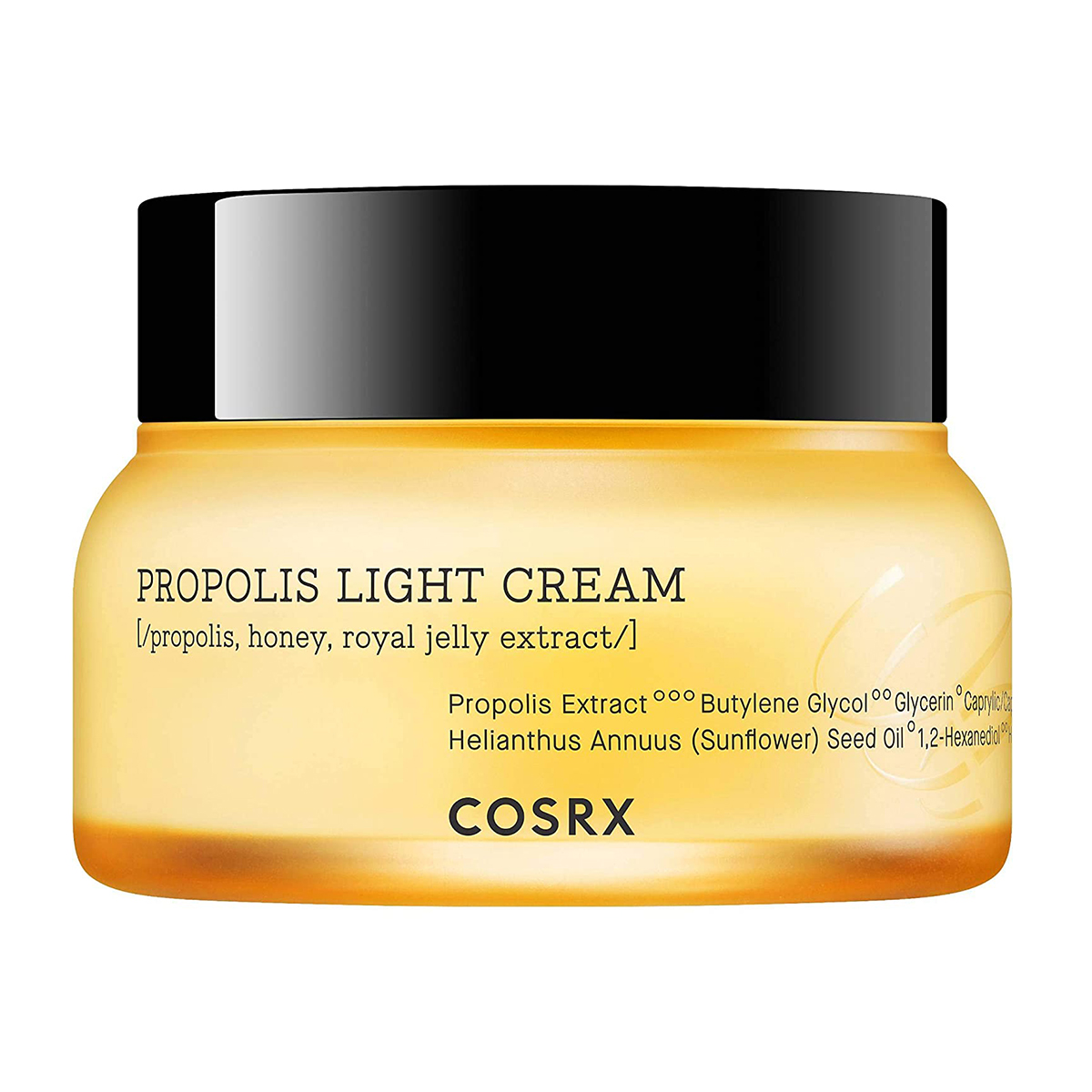
All too often, Njoroge explains, people think they need to go on the offensive and do more (i.e., overcompensate) whenever their skin is going through a change or we're entering a new season like fall. However, from an expert's stance, it's actually more strategic to do the opposite.
"For example, when a breakout occurs, many of my clients used to run for the first and strongest salicylic acid product they could find and use that twice daily in an attempt to rapidly heal or dry the breakout," Njoroge shares. "But it never works! Instead, their skin simply becomes more inflamed and overwhelmed."
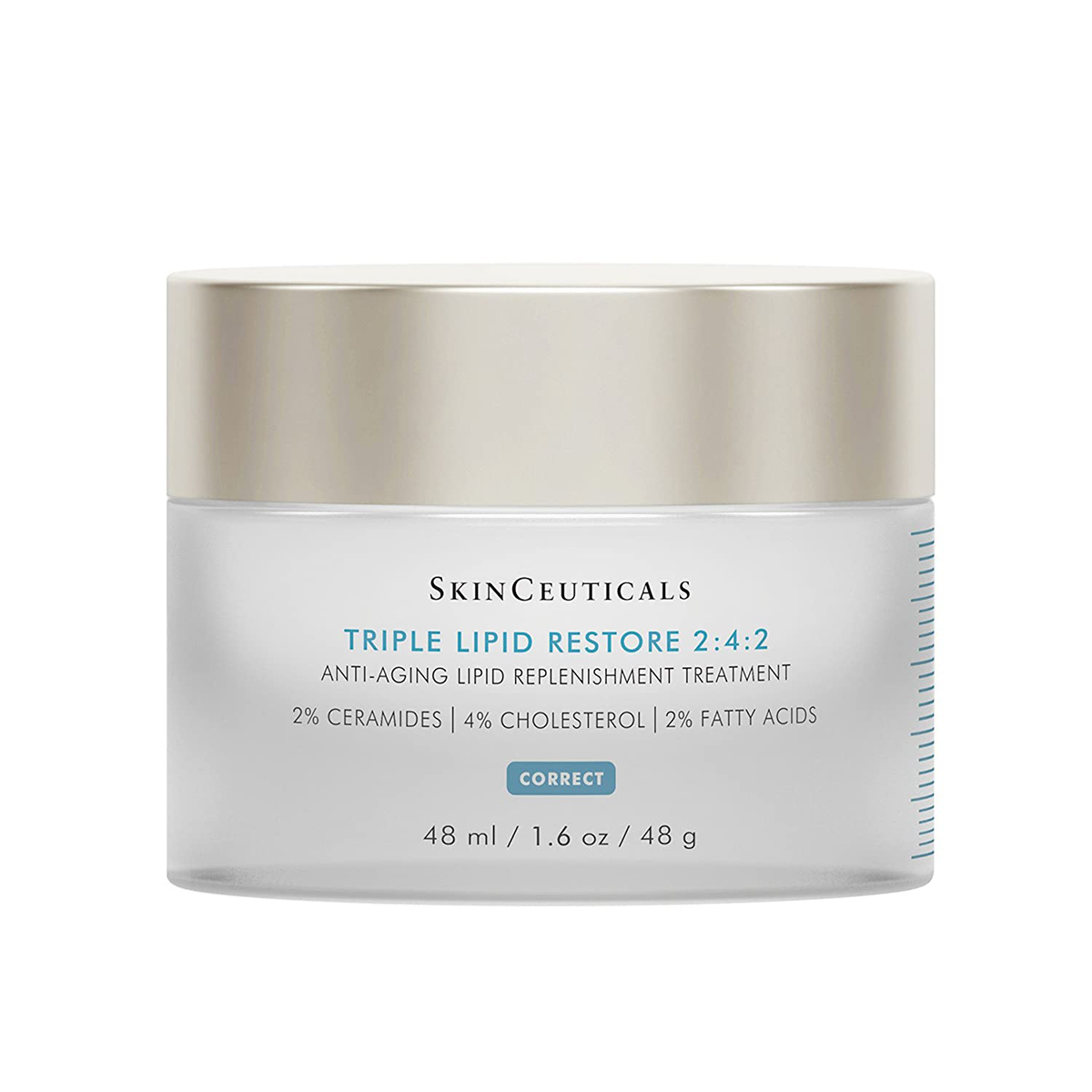
Instead, make sure you're prioritizing and focusing on the health of your skin barrier, instead. "If your barrier is healthy, anything positive is possible with your skin," Njoroge encourages. "A reduction in inflammation can only come from a healthy, calm barrier. Dryness is also often triggered when people try to rapidly and aggressively treat concerns, and this may result in flaking and discomfort. A dry fall climate will only exacerbate this!"
Tip #6: Buy a Humidifier, Period
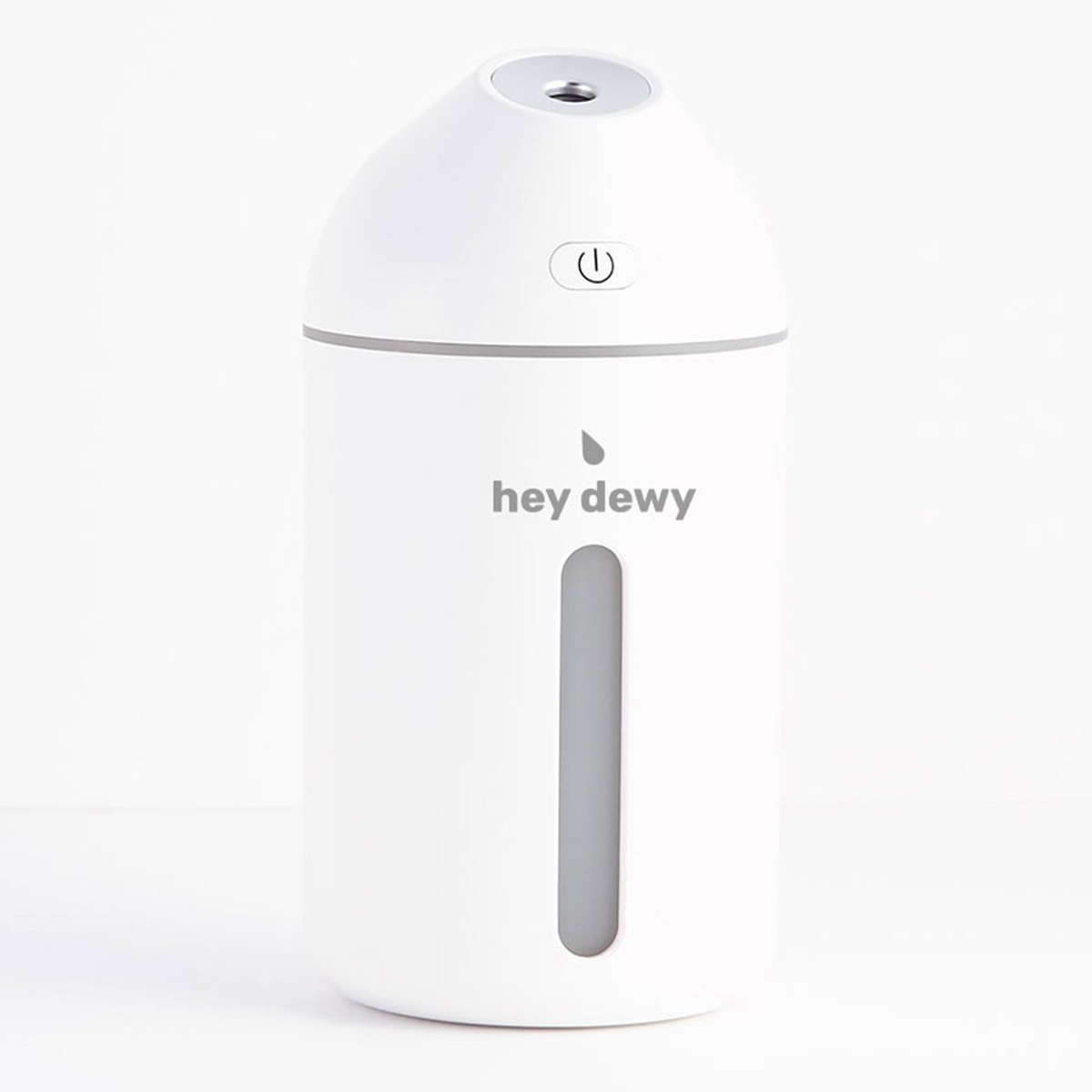
"My biggest fall skincare tip is purchasing a humidifier," Njoroge reveals. "Humidifiers make up for the lack of humidity in most climates during the cold seasons, and they prevent TEWL by helping the skin retain healthy moisture levels. They create more moisture in the air, which the humectants that occur naturally in our skin, such as hyaluronic acid, are able to take in and benefit from. The end result? Happy, healthy, hydrated skin."
Tip #7: Don't Attempt Professional Treatments at Home
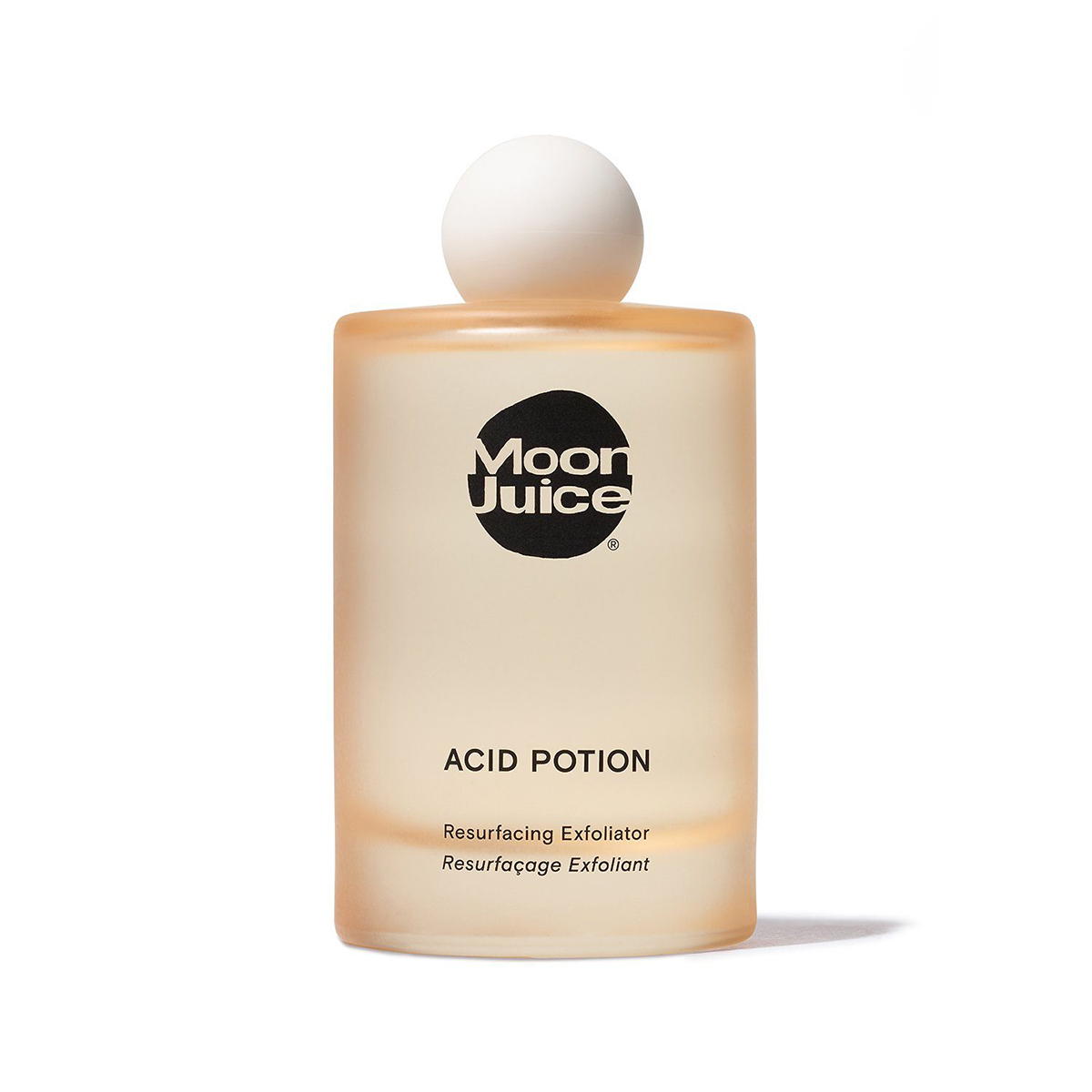
Although it can be tempting to wage war against your skin from home (especially this year when in-office treatments have decreased or been made impossible due to the pandemic), Njoroge heeds you to re-evaluate. Don't even go there.
"One of the biggest mistakes I see is when people attempt to do treatments from home in order to save money," she warns. "Yes, you may save some much-needed money, but you also risk causing severe damage to your skin due to a lack of proper training. I've had clients come in with serious damage and even staph infections. Another client is now suffering from severe scarring and post-inflammatory hyperpigmentation that will require thousands in professional micro-needling, laser resurfacing, chemical peels, and home care to treat. Overdoing active treatments and performing DIY professional treatments in the fall—and all year round—is simply not worth the risk."
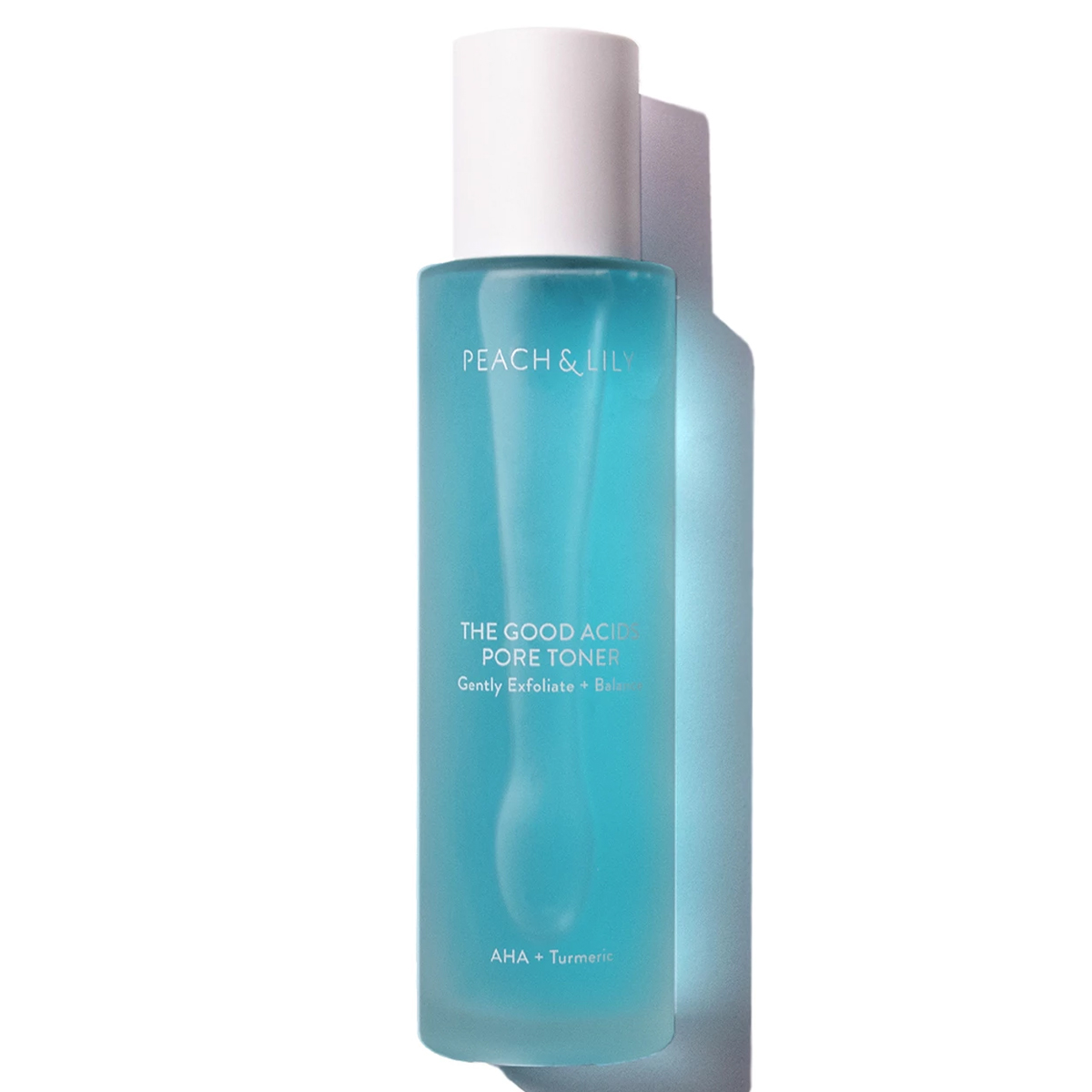
So, what can you do? Try leaning into a safe as-needed approach to toners, masks, and peels that will encourage healthy cell exfoliation and hydration sans damage risk.
"To promote cell turnover, be sure to exfoliate, but do so with a super gentle solution that allows you to calibrate with the fickle days, like the Peach
Lily Good Acids Pore Toner," says Yoon. "You can apply it more often whenever your skin is feeling flaky or like it needs a little boost and less often when your skin is feeling polished and healthy."
Tip #8: Protect Your Skin Against the Elements
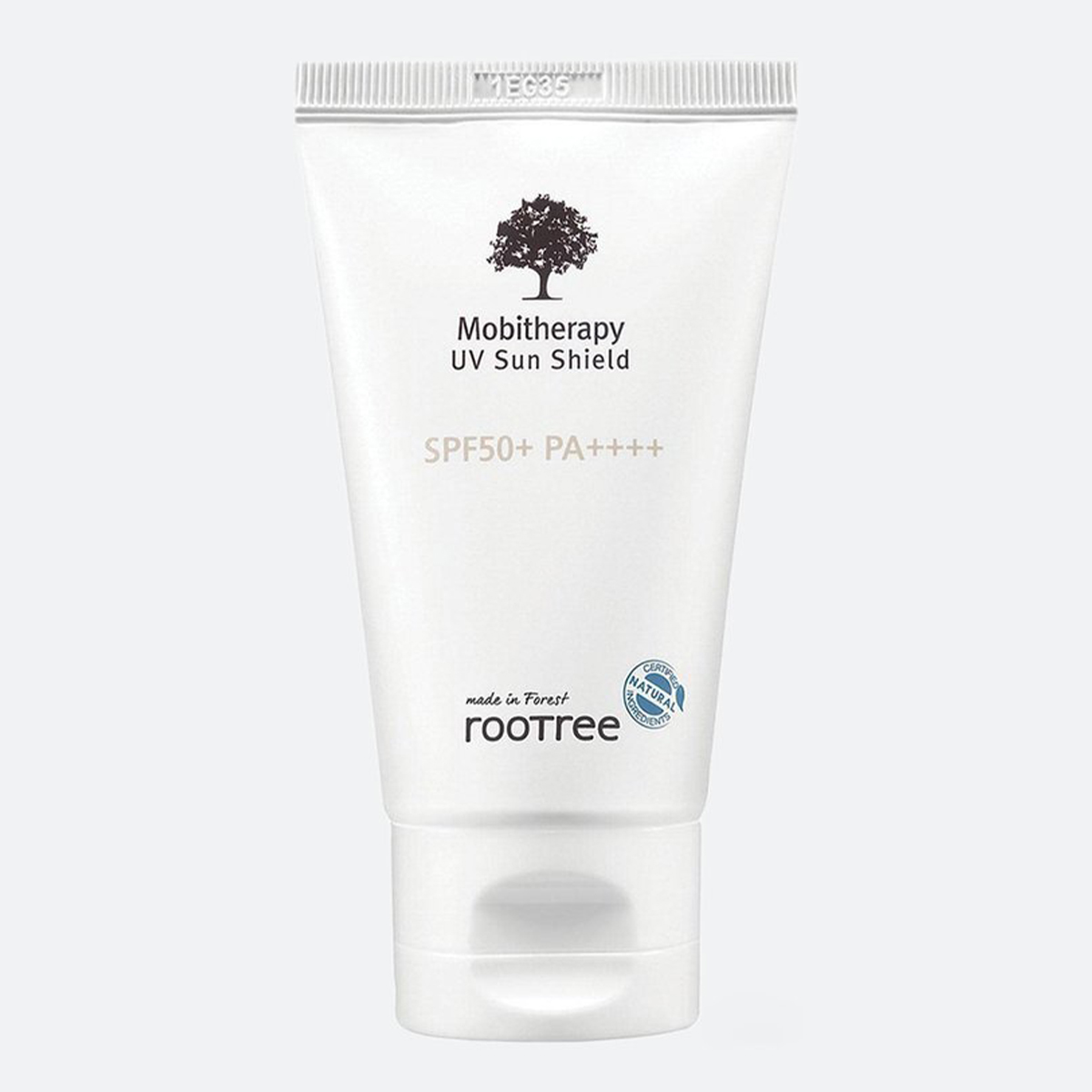
Just because we're transitioning from sweaty, sunny, summer weather (how's that for alliteration?) doesn't mean you should let your guard down when it comes to sun and pollution protection. Oh, and this is especially imperative if you're using products with AHAs or retinol since these ingredients increase your photosensitivity. That said, even if you aren't using those ingredients, it's still more important than ever to keep on keeping on with your SPF habit.
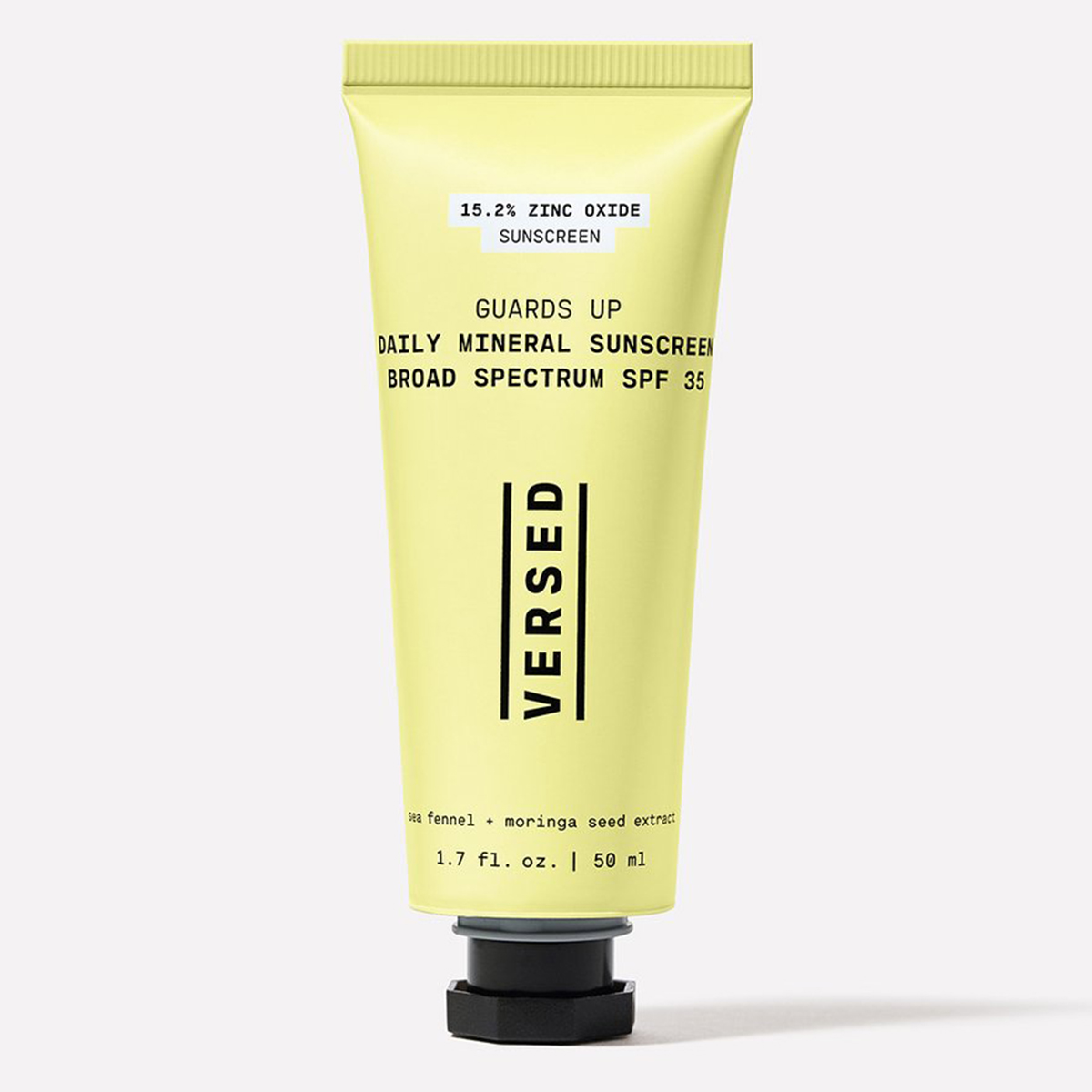
"Our skin can go through the wringer—especially if we weren't as careful as we should have been in the summer—and protecting our skin from continuous daily stressors like pollution and blue light gives skin a big helping hand, explains Yoon. "And even if it's less sunny out, SPF is still a must." (We love this non-toxic, invisible, mineral formula from Versed!)
The Most Important Fall Skin Tips Based on Skin Type
If You Have Oily or Acne-Prone Skin…
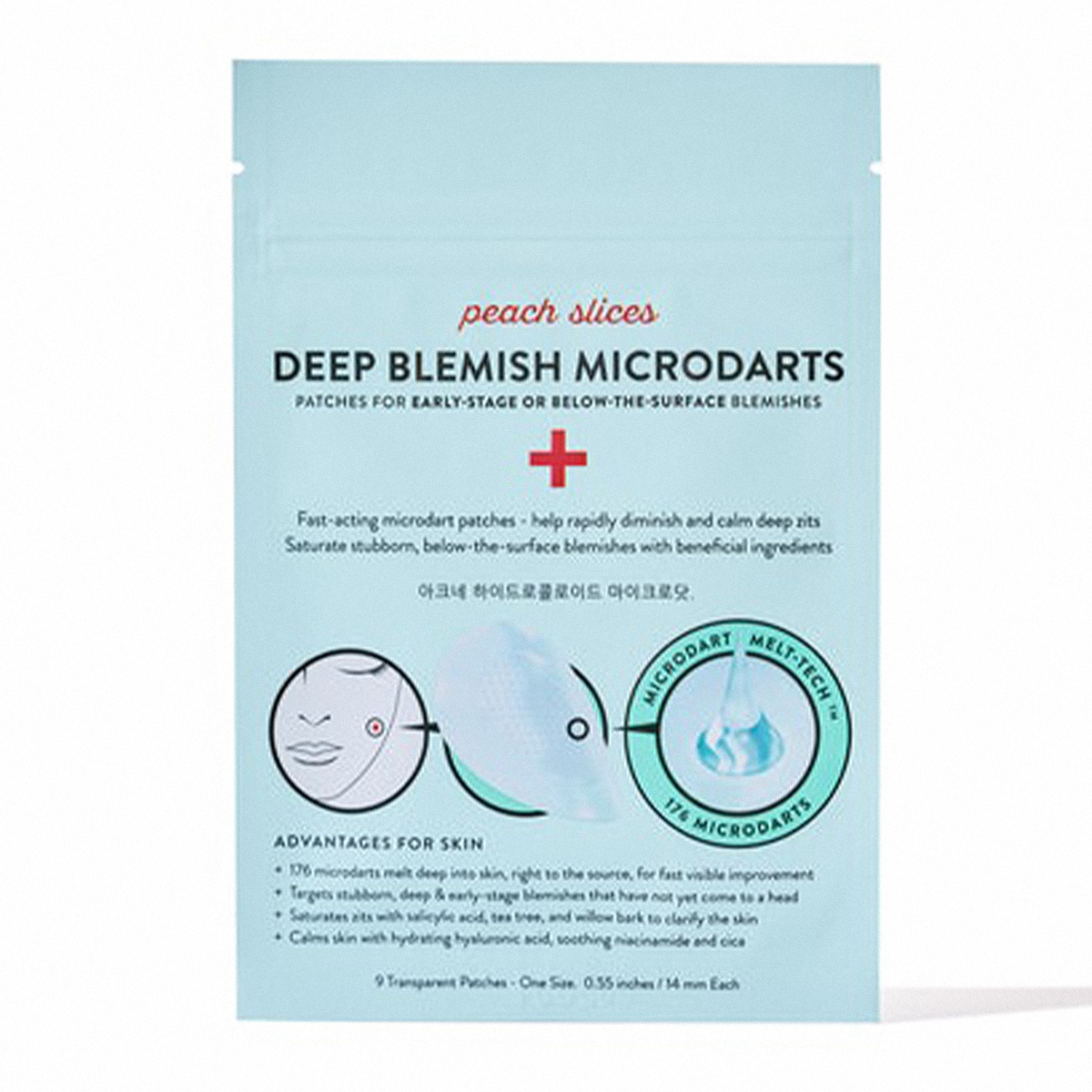
Use targeted, fast-acting treatments: Fall weather can often instigate inflammation and cause or exacerbate breakouts. To keep bumps at bay (without stripping and attacking your entire complexion), Yoon recommends using gentle fast-acting products like these Peach Slices Deep Blemish Microdarts ($9).
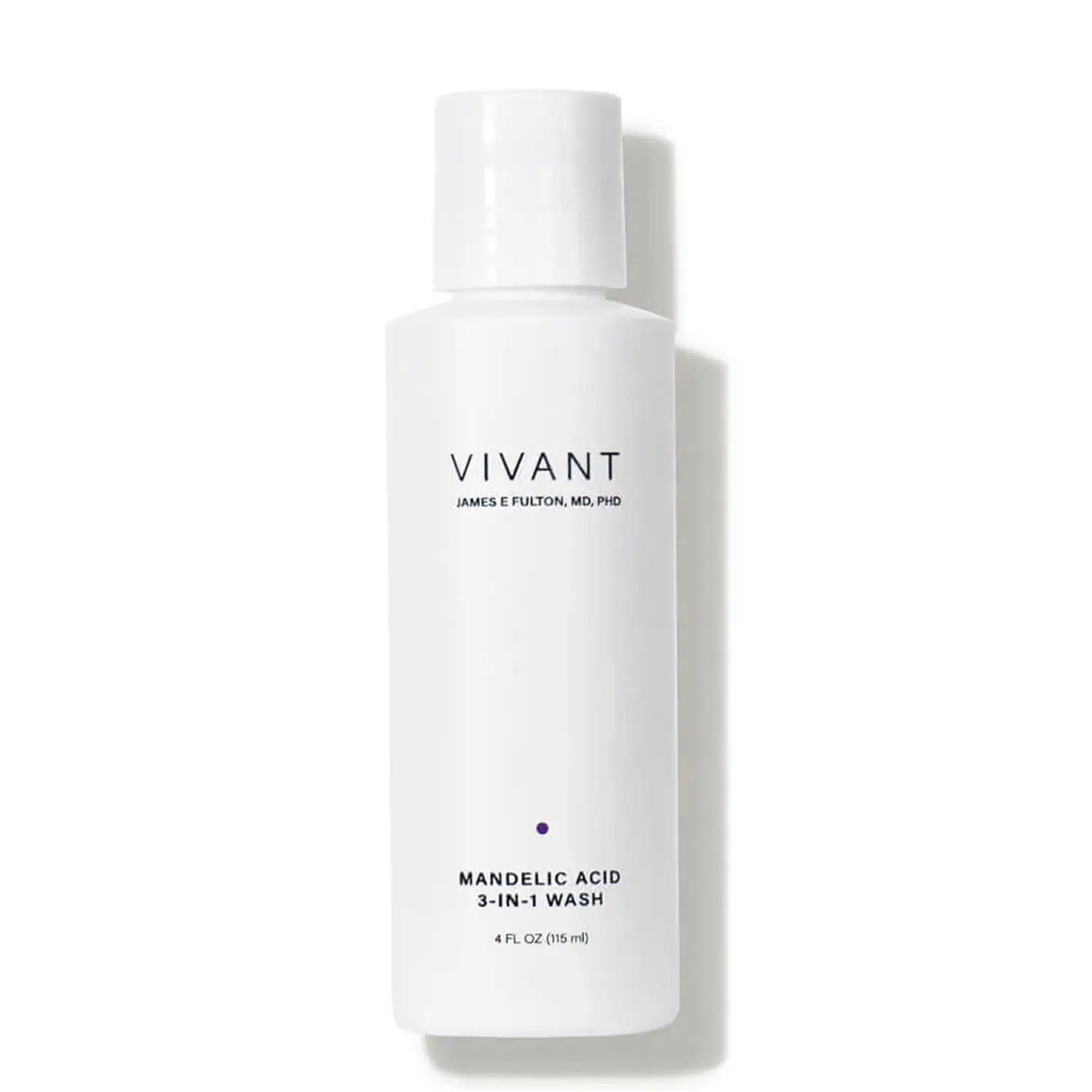
Alternate your acids: Njoroge recommends alternating twice a week between a gentle salicylic acid treatment one day and a mandelic acid another day. "The Vivant Skin Care Mandelic Acid 3-in-1 Wash and Paula’s Choice Skin Perfecting 2% BHA Liquid Exfoliant are excellent," she says.
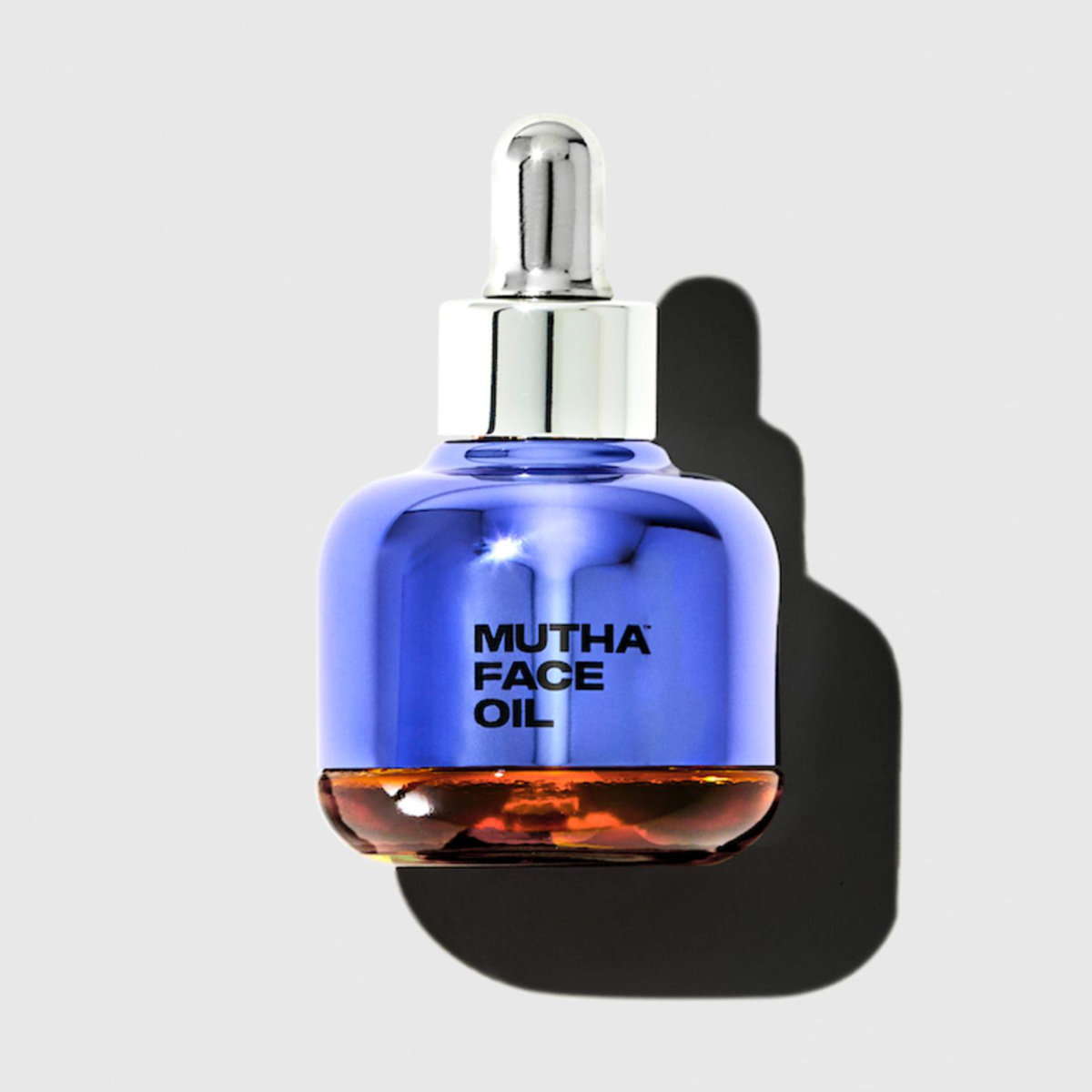
Embrace oils: In order to prevent the formation of excess oil due to dehydration (yes, our skin produces more oil when it is dehydrated), Njoroge recommends opting for strategic oils like grapeseed and evening primrose oil. "A healthy and hydrated skin barrier is going to ensure your skin retains enough healthy oil without becoming excessively oily," she explains. "Too much oil can lead to impacted, congested pores."
If You Have Mature Skin…
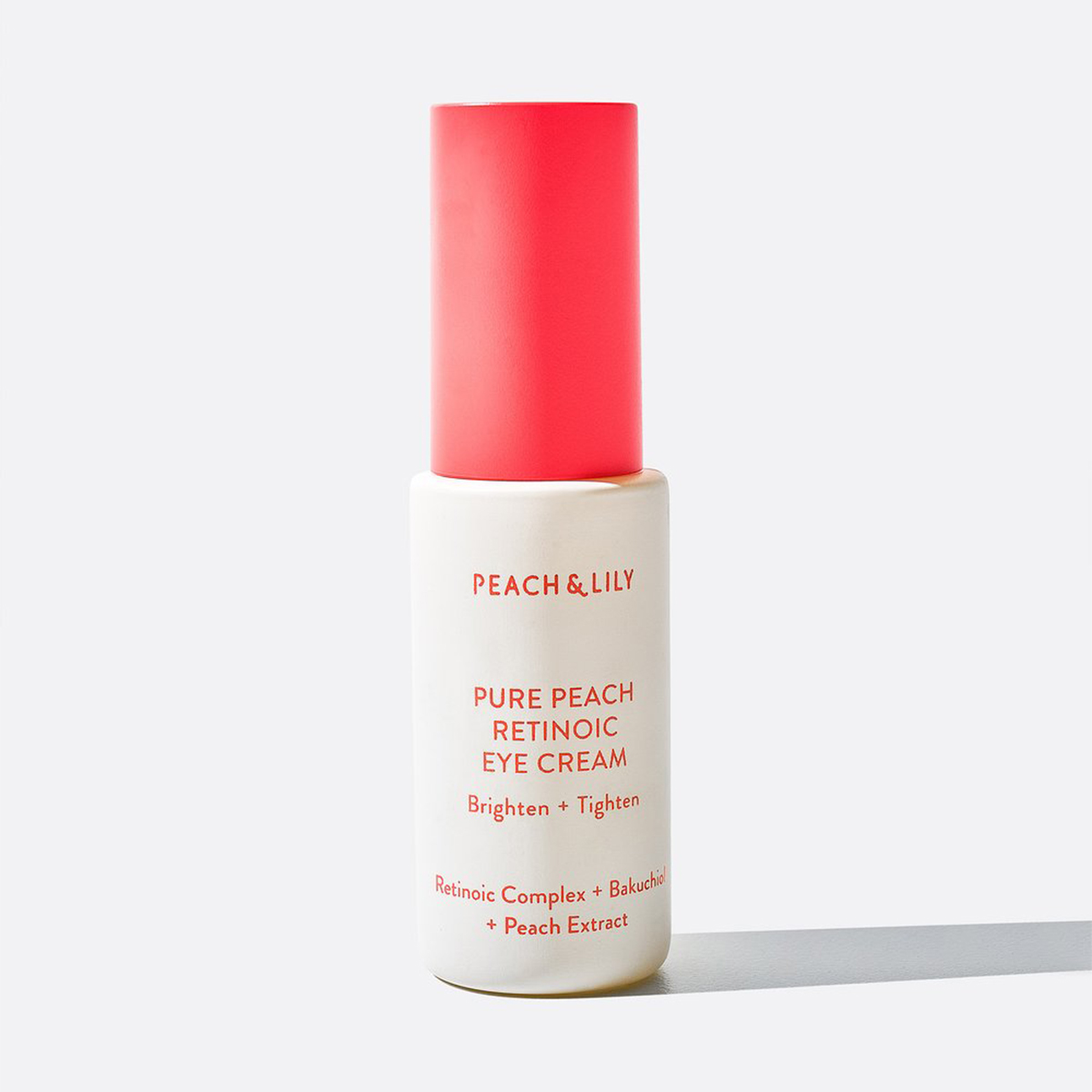
Give the eye area extra TLC: According to Yoon, the eye area is one of the first places visible damage can show up, especially on our way out of summer. "These months can cause the most concentrated levels of damage throughout the year, so it's important to give the eye area extra love," she tells us. "Be sure to use gentle but potent formulas that use powerful but gentle, natural retinoic complexes to reverse the visible signs of damage."
If You Have Hyperpigmentation…
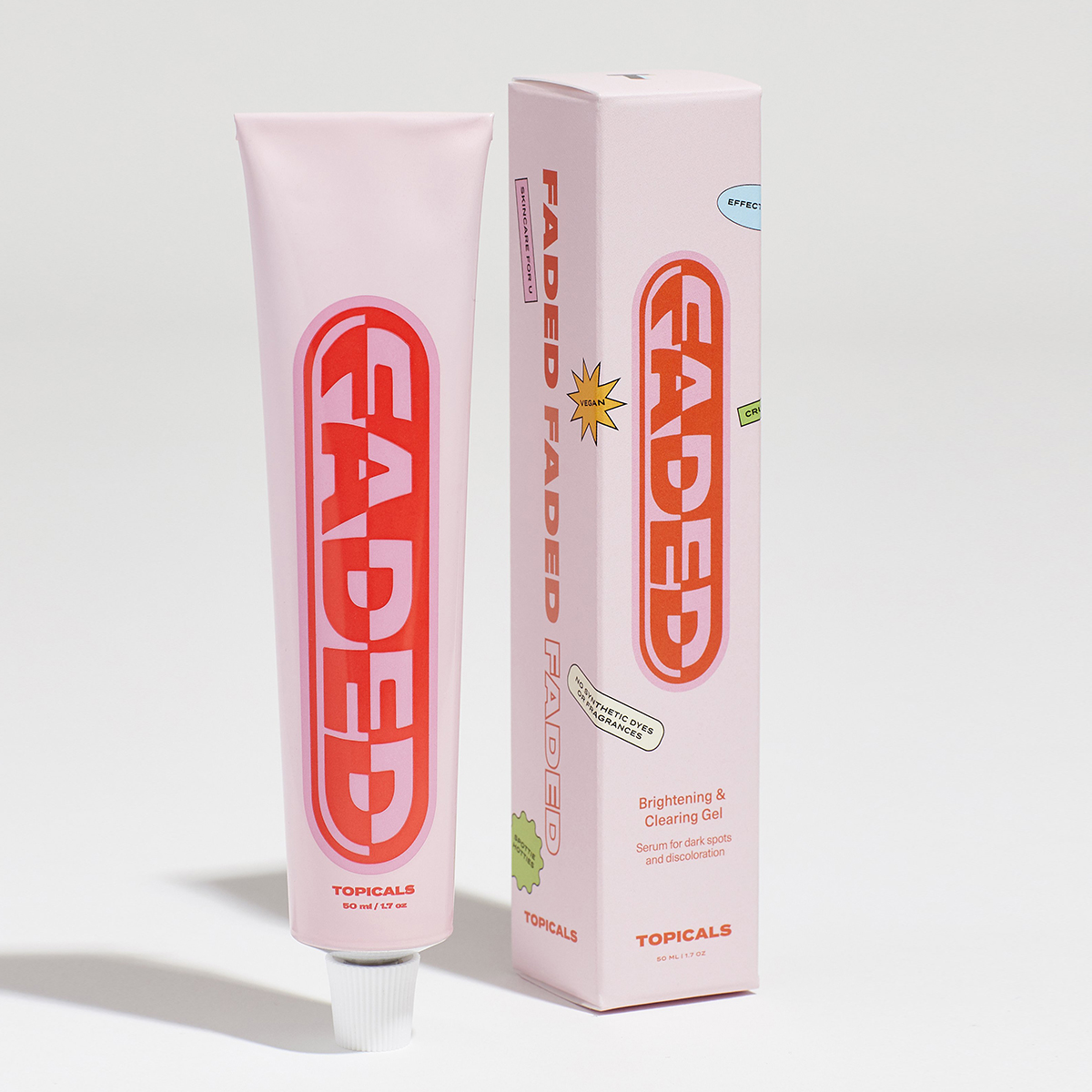
Embrace tyrosinase inhibitors: "Consider a product that has multiple tyrosinase inhibitors in one to limit the number of products with active ingredients you need to use," says Njoroge. "Topicals Faded Brightening and Clearing Gel has azelaic acid, kojic acid, tranexamic acid, alpha arbutin, and Centella extract to treat hyperpigmentation rapidly and effectively, while also mitigating severe irritation that is generally found in other hyperpigmentation treatments such as those with harsh ingredients like glycolic acid or hydroquinone."
Njoroge notes that while the latter two ingredients are, indeed, effective, they aren't always well-tolerated.
If You Have Dry Skin…
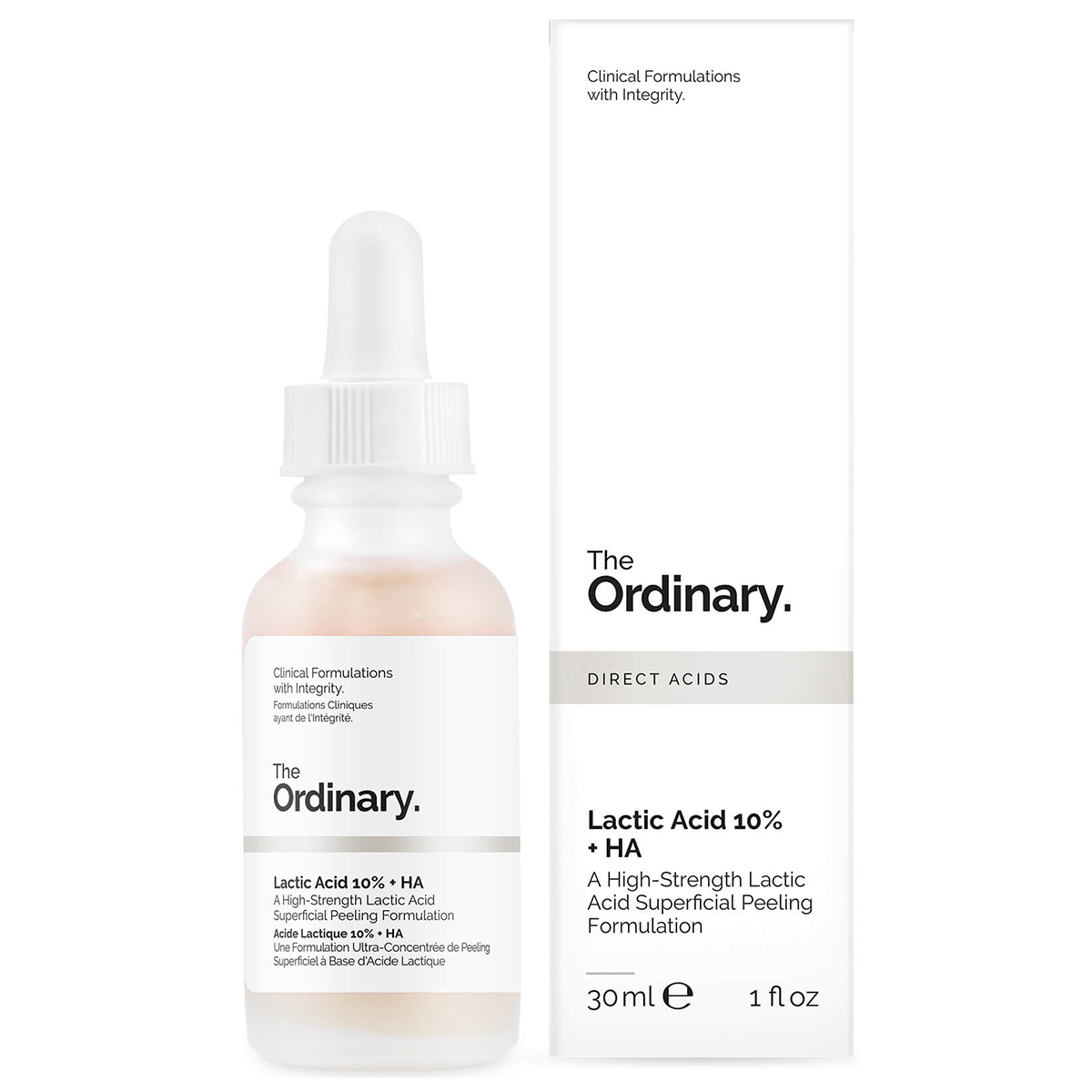
Add lactic acid: Njoroge suggests using lactic acid twice a week to gently exfoliate and hydrate in order to prevent dry patches from forming. "Lactic acid is both an alpha hydroxy acid (AHA) and a humectant, so it encourages both exfoliation and hydration while producing minimal irritation due to its large molecular size."
If You Have Normal Skin…
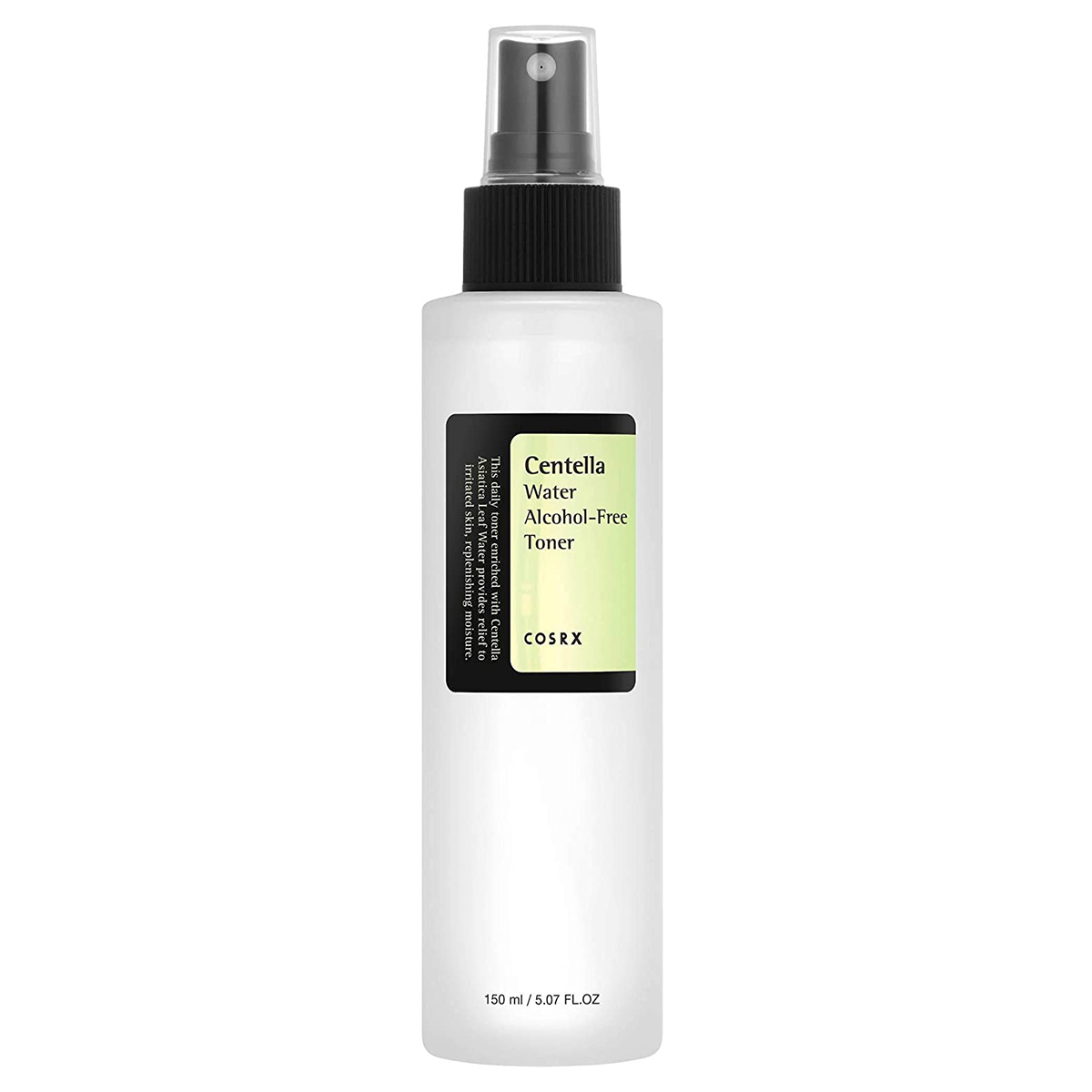
Perfect your layering: Lucky you—the skincare world is pretty much your oyster! That said, Njoroge says there are still some key fall skincare practices you can adopt to keep your skin in tip-top shape this season.
"Maintain your normal skin and prevent it from becoming dry by layering a hydrating toner and serum along with a thick, emollient moisturizer such as the Paula’s Choice Omega+ Complex Moisturizer," she tells us. "The CosRx Centella Water Alcohol-Free Toner is an excellent, easy-to-spray option."
If You Have Sensitive Skin…
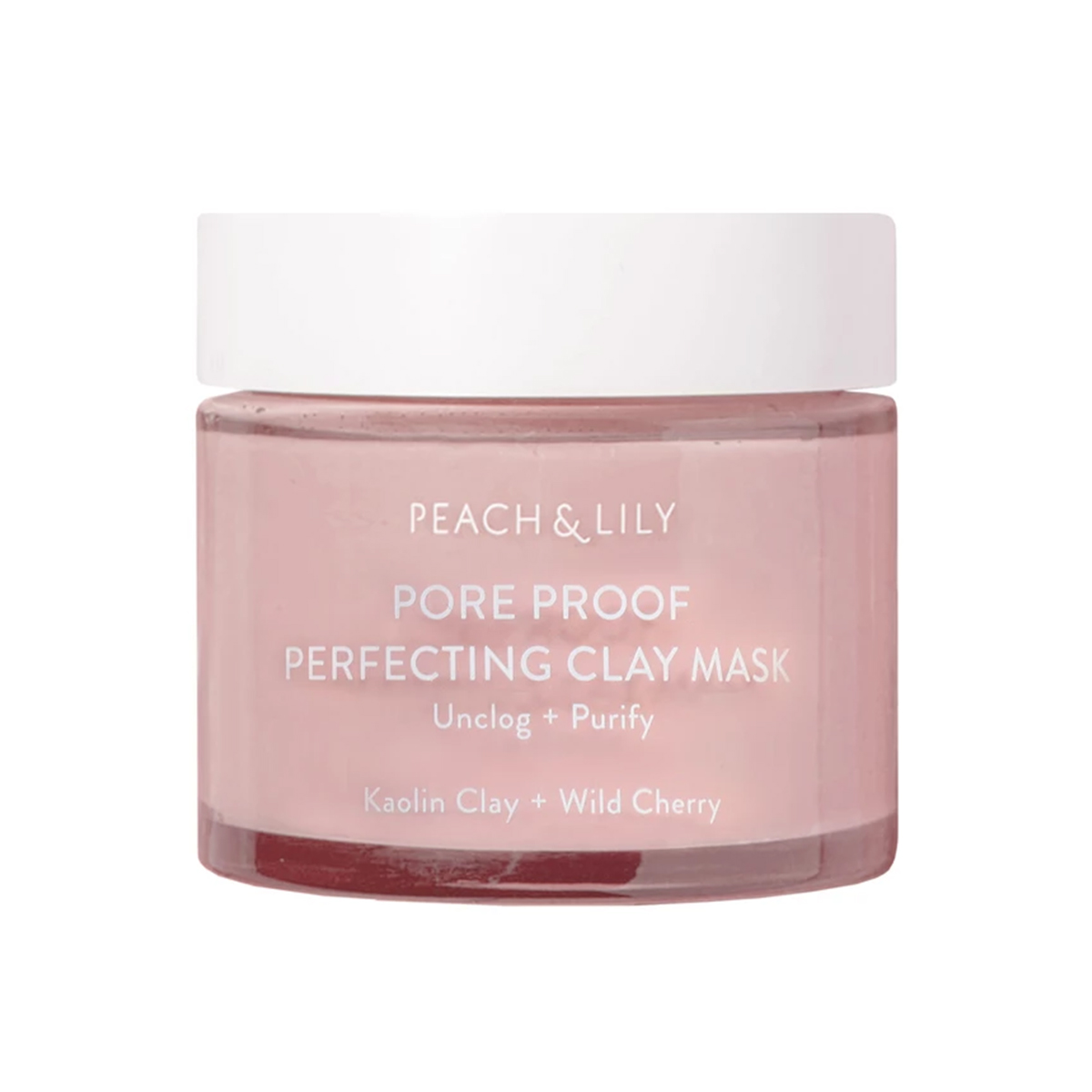
Add a hydrating clay mask: "Sensitive skin still needs exfoliation and may still need support in de-gunking pores, especially as the weather gets cooler which can cause flakes," warns Yoon. "I recommend exfoliating or pore-clearing mask formulas that are infused with hydrating and calming ingredients."
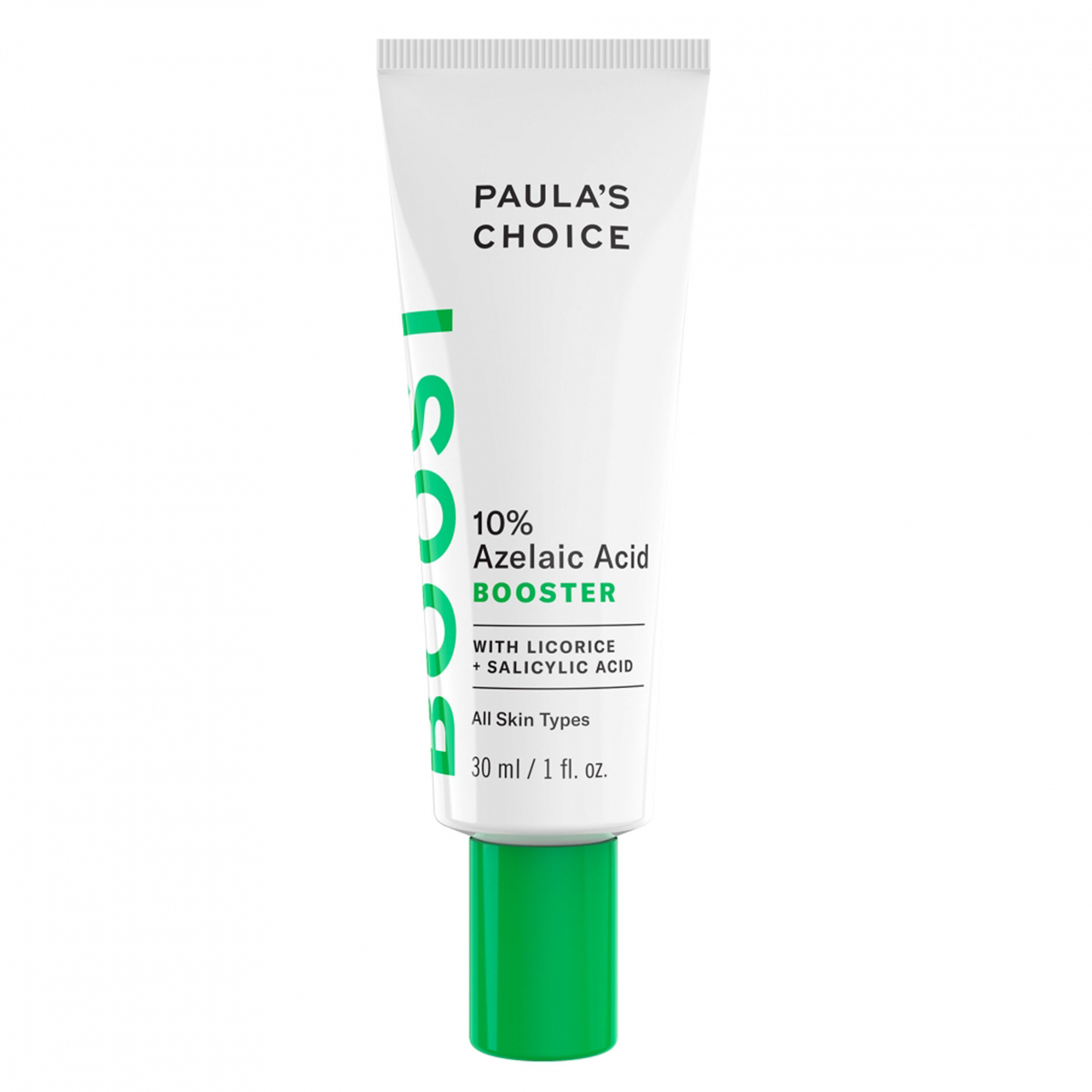
Use azelaic acid to exfoliate: Njoroge agrees that while it might sound counterintuitive to exfoliate sensitive skin, it's still essential for health maintenance. The key, however, lies in the vehicle you choose and frequency. She recommends exfoliating just once a week and prioritizing gentle cell-sloughing agents like azelaic acid and lactic acid.
"Lactic acid also helps to treat erythema which is common in those with sensitive skin," Njoroge shares. "Also, azelaic acid is not a typical exfoliant, but it has been proven to be well tolerated by those with sensitive skin in treating concerns with acne, redness, hyperpigmentation, and texture—the Paula's Choice 10% Azelaic Acid Booster is highly effective."
Next: The Best Youth-Enhancing Skin Regimens Include These 8 Strategic Ingredients
This article was originally published at an earlier date and has been updated.

Erin has been writing a mix of beauty and wellness content forBest Knockoff Luxury Clothing for over five years. Prior to that, she spent two and half years writing for Byrdie. She now calls Santa Monica home but grew up in Minnetonka, Minnesota, and studied writing, rhetoric, and communication at University of Wisconsin, La Crosse. She studied abroad in Galway, Ireland, and spent a summer in L.A. interning with the Byrdie andBest Knockoff Luxury Clothing family. After graduating from UW, she spent one year in San Francisco, where she worked as a writer for Pottery Barn Kids and PBteen before moving down to L.A. to begin her career as a beauty editor.
